Despite years of predictions about the demise of physical retail, many brands are doubling down on brick-and-mortar stores. Physical spaces offer something that no online interface can replicate; atmosphere, human interaction, and the possibility of surprise. Meta, the very company pushing virtual and augmented realities, has recently expanded its retail presence with physical stores for showcasing its tech. The irony is rich but telling—even the architects of the metaverse understand that we want to touch, ask, linger. Fashion brands are similarly following suit and independent labels like Rethread have just expanded to a bigger showroom space in Woodstock, with founder Alexa Schemper’s intention to host community gatherings within a multiple-purpose space.
To understand this impulse at a deeper level, cultural theory is ever my go-to. French philosopher Jean Baudrillard’s concept of hyperreality, developed in the 1980s, offers a prescient lens for the mood of this moment; as he argued that in late capitalist societies, signs and representations begin to replace reality itself. In the hyperreal, we no longer engage with the real world directly, instead we engage with simulations of it. Case in point as we fast-forward to today’s social media-driven culture, and Baudrillard’s ideas feel uncannily accurate. A dinner is rendered a photo opportunity, and ‘the self’ becomes a brand. The more time we spend in simulation—curated, flattened, algorithmically manipulated—the more we crave what the simulation will never deliver: texture, nuance, unpredictability and presence.
This is not to say that digital life has no value and the connectivity it offers remains transformative. There is no going back, however there is integration; we are beginning to see its limits, and to notice what our digital lives displaces. In some ways, the return to offline culture is a reckoning with the costs of relentless digitalism: attention fatigue, disembodiment, and the loss of shared, physical spaces. It is also a return to the idea that meaning is created through conversation, through making, through being together. The rise of “slow living” dovetails with these cultural shifts. Practices like journaling, analogue photography, gardening, and knitting are becoming central to how many people resist burnout and reclaim time. These activities slow us down and invite a deeper kind of attention, and in these slow-paced acts, efficiency is discarded; this is precisely the point.
Offline revival is also taking root in new business models that emphasise intentionality and connection over scale. Small-run magazines, zines, and locally hosted lectures and salons are vanguards of the future in the attention economy. At CEC, we’re committed to the long-form word and the art of the conversation, even amidst the waning attention spans of internet users. Artist-run spaces like The Drawing Room, or ceramics studios that offer monthly classes like Han Studio, are using skills transference as a form of community-kindling.
Even among Gen Z—a generation raised online—there’s a growing appetite for IRL engagement. Despite growing up digitally native, this generation is increasingly drawn to analogue tools and face-to-face experiences; perhaps because they know, better than anyone, how exhausting and performative the online self can become; the novelty having worn off by the time they’re forming their adult identities.
It’s easy to misread this moment as a cultural regression, or a nostalgic return to some imagined pre-digital purity. In reality, it’s a complex synthesis; we simply need to layer our lives with more balance, and this is the necessity of practicing digital hygiene as a function of our day to day.
Ultimately, the resurgence of offline culture is a hopeful sign. It suggests that, even amidst technological acceleration, our human need for connection and physicality persists. In the 21st century, we still get to inhabit a future that remembers the body, honours the senses, and values presence as a luxury— while being wildly connected to the broader world, and embedded in the complex swathes of culture and creation taking place all around the planet.
In this reality, being continually distracted is our challenge, while choosing to be present is our resistance. Every effort is required to find our place in this hybridised world.
What will you do with your time spent offline?
Written by Holly Beaton
For more news, visit the Connect Everything Collective homepage www.ceconline.co.za
Follow CEC on Instagram
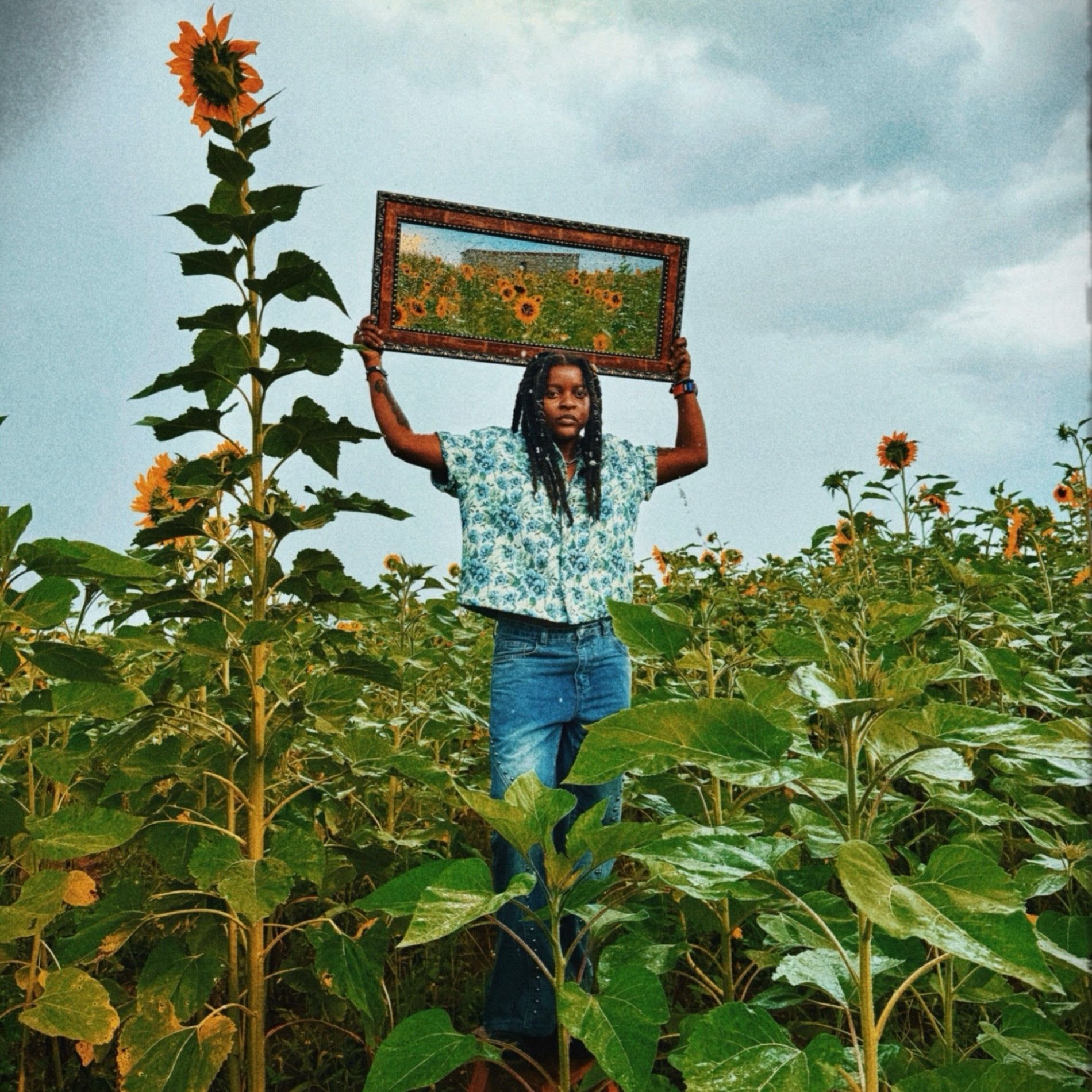


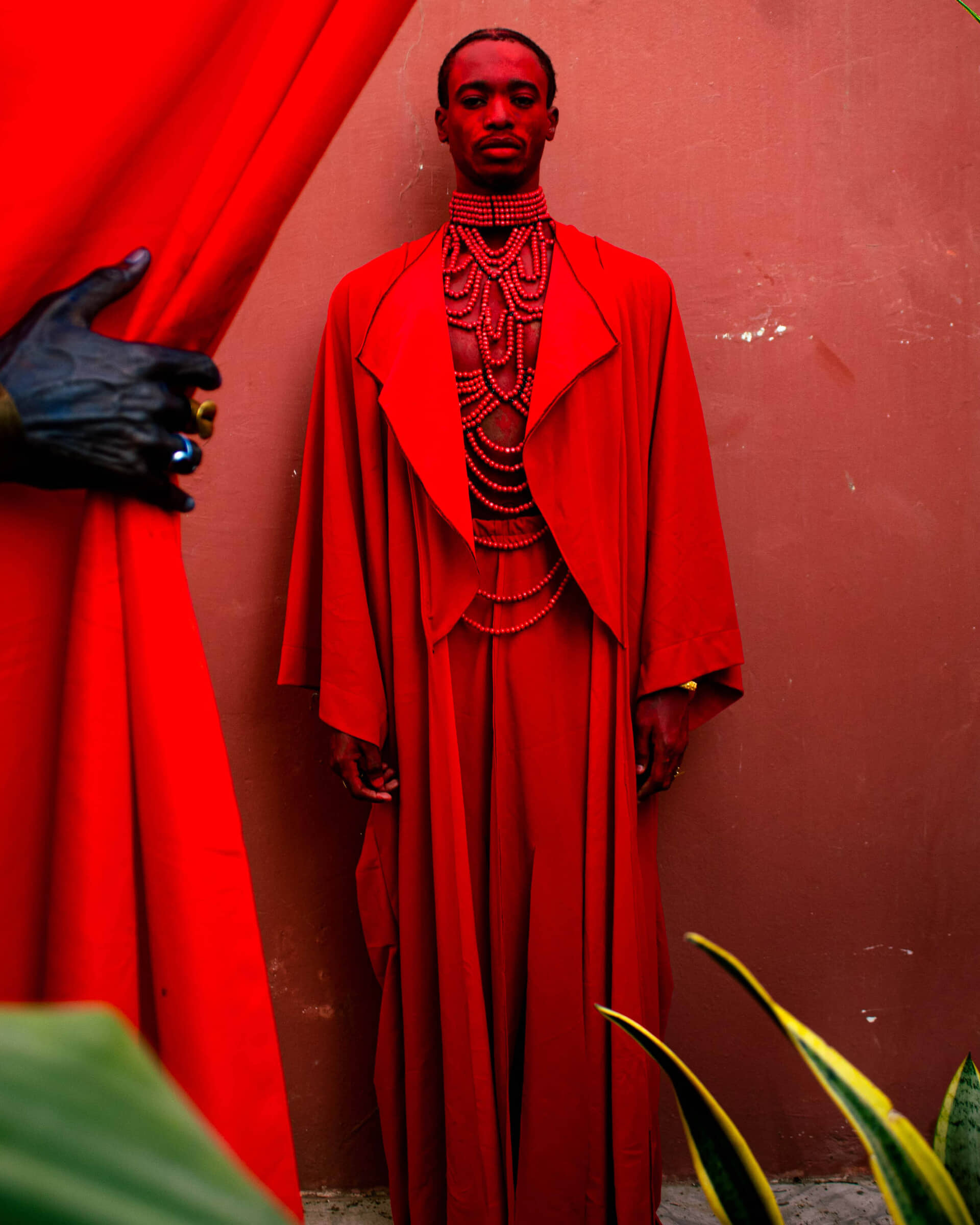

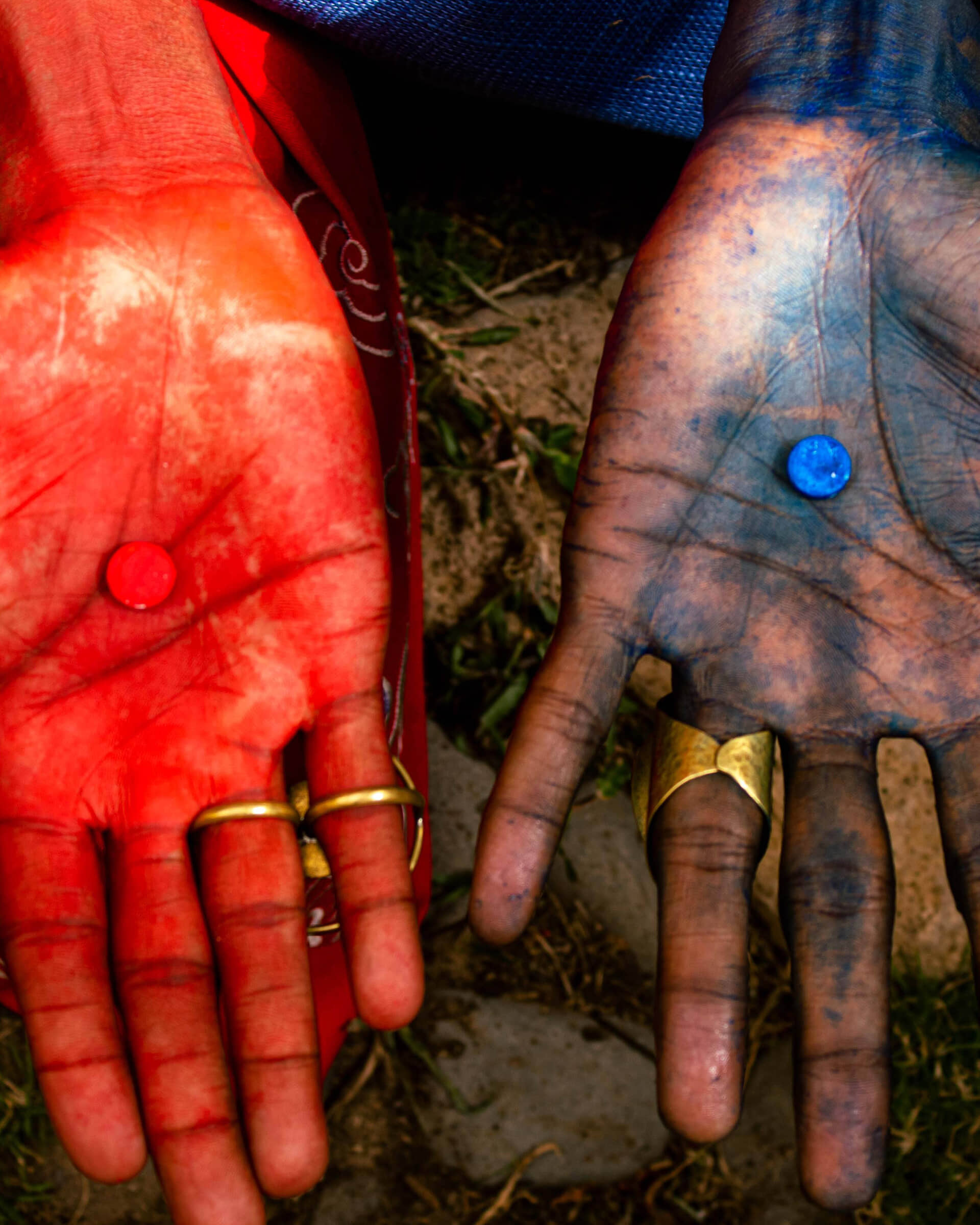
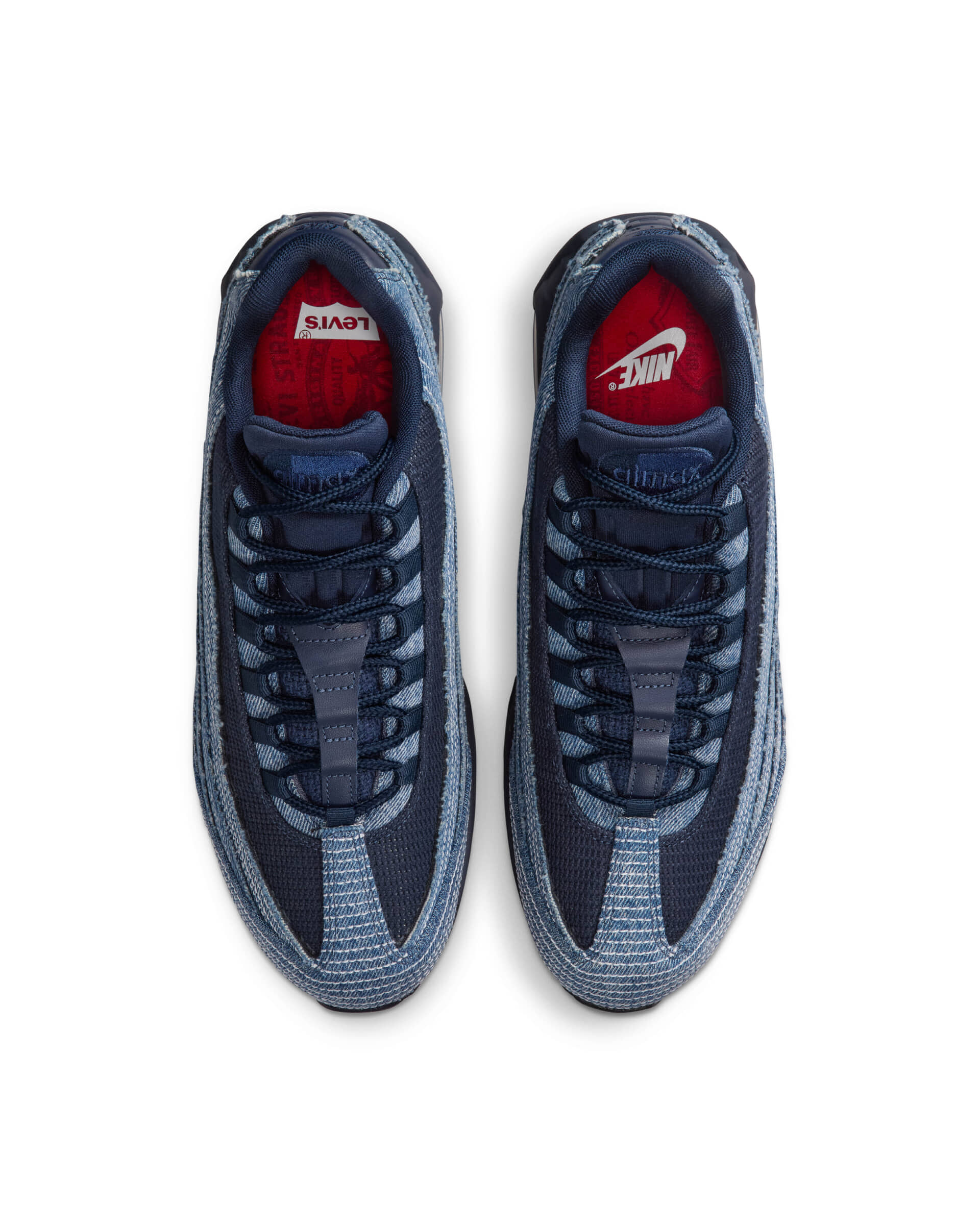
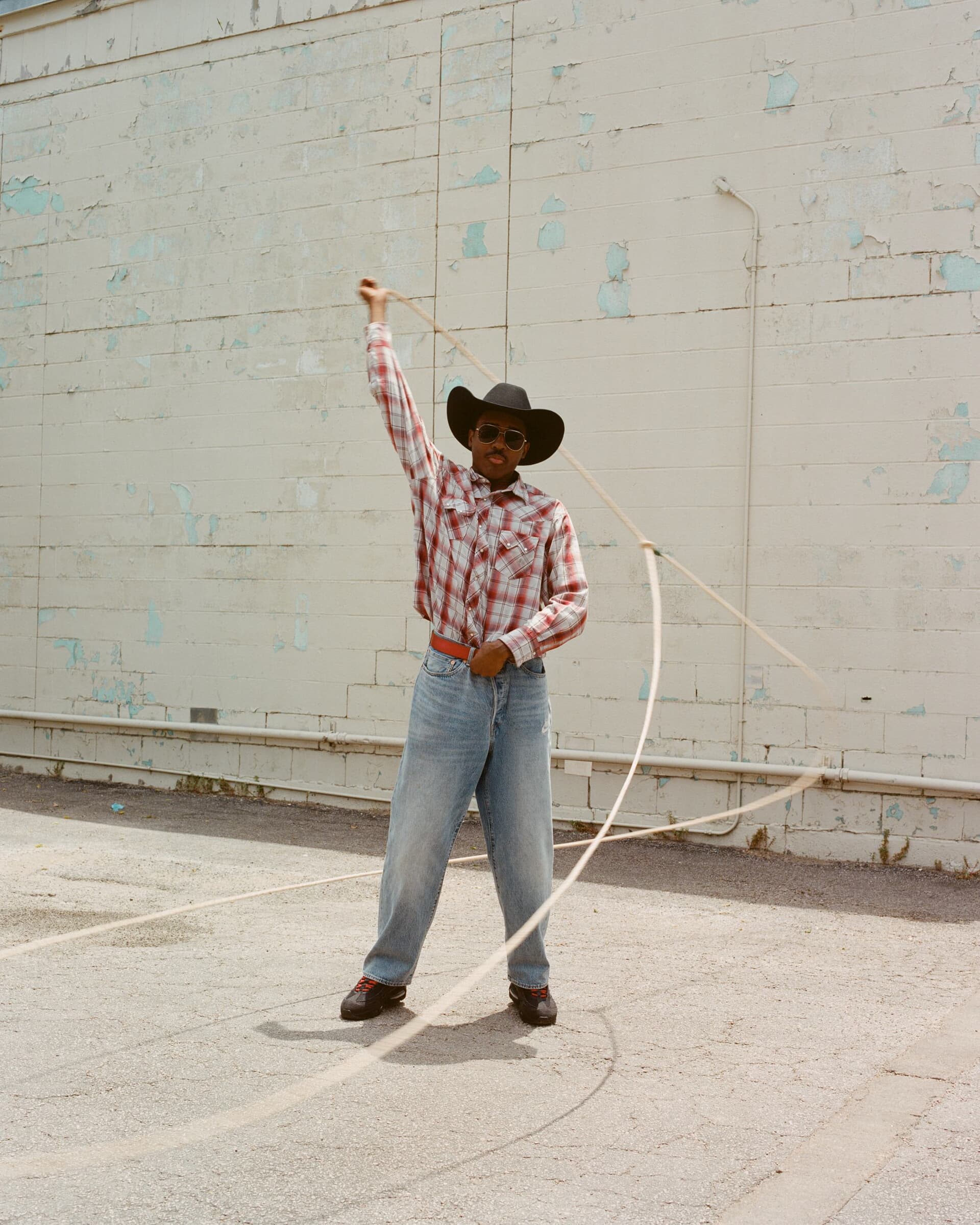
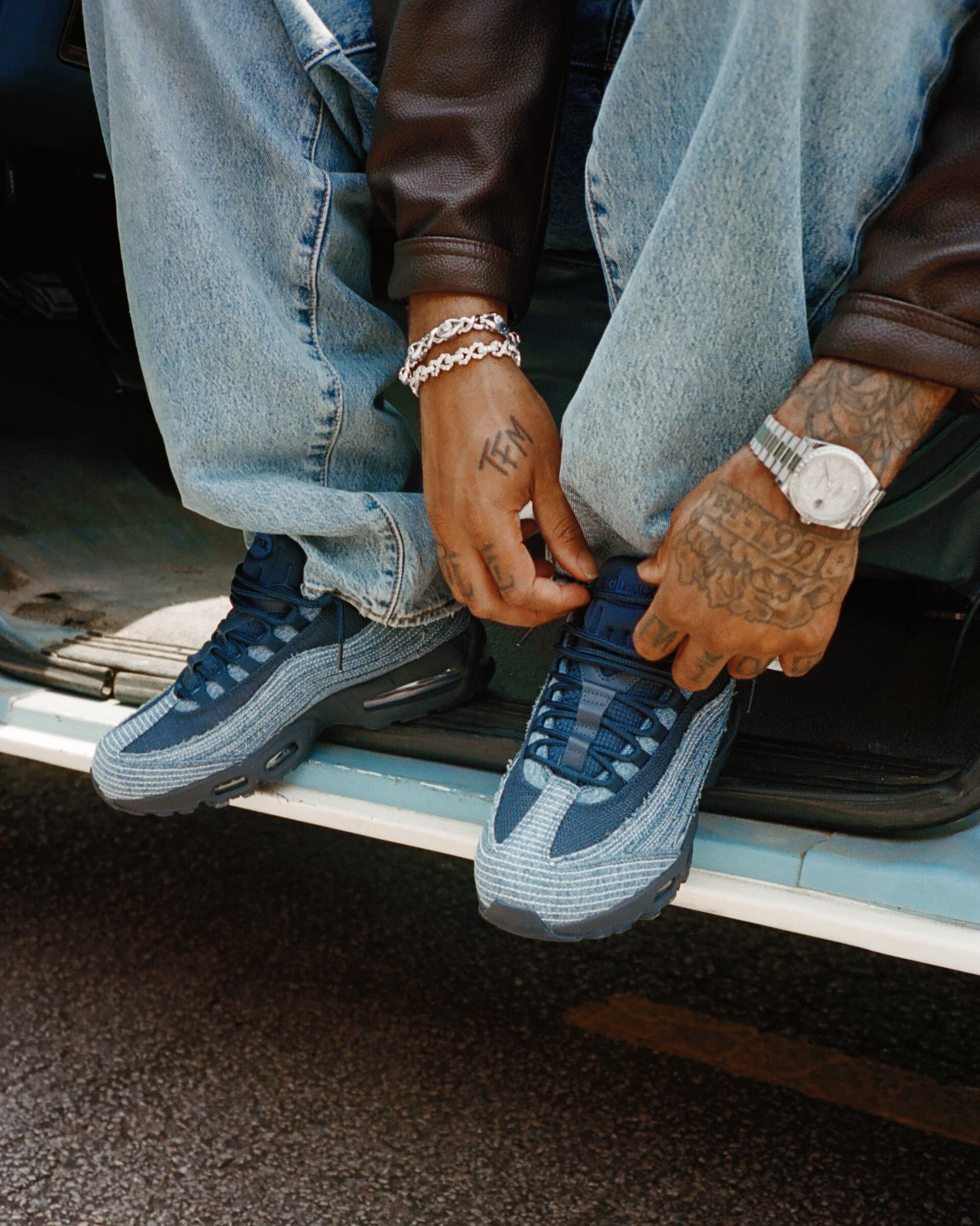
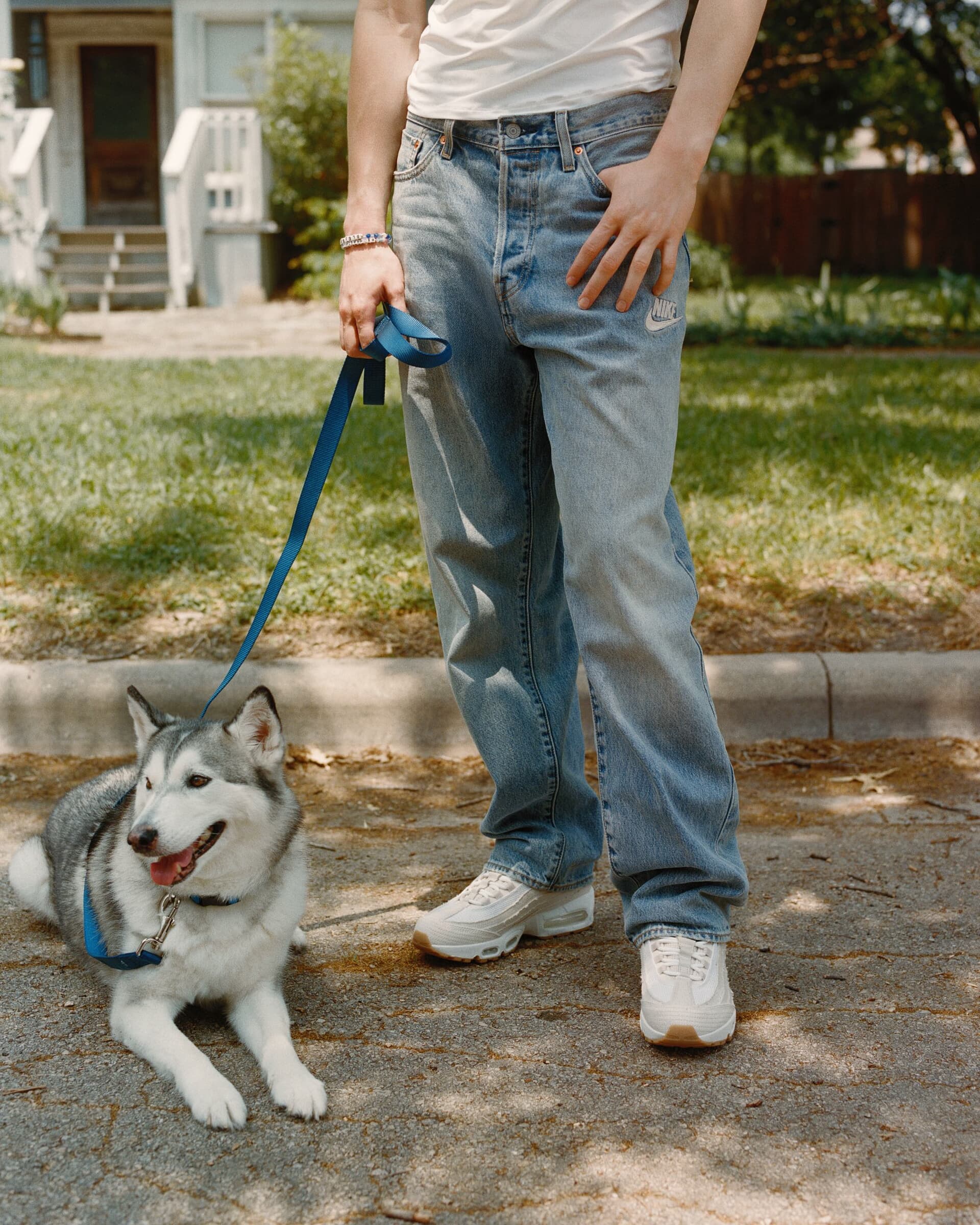



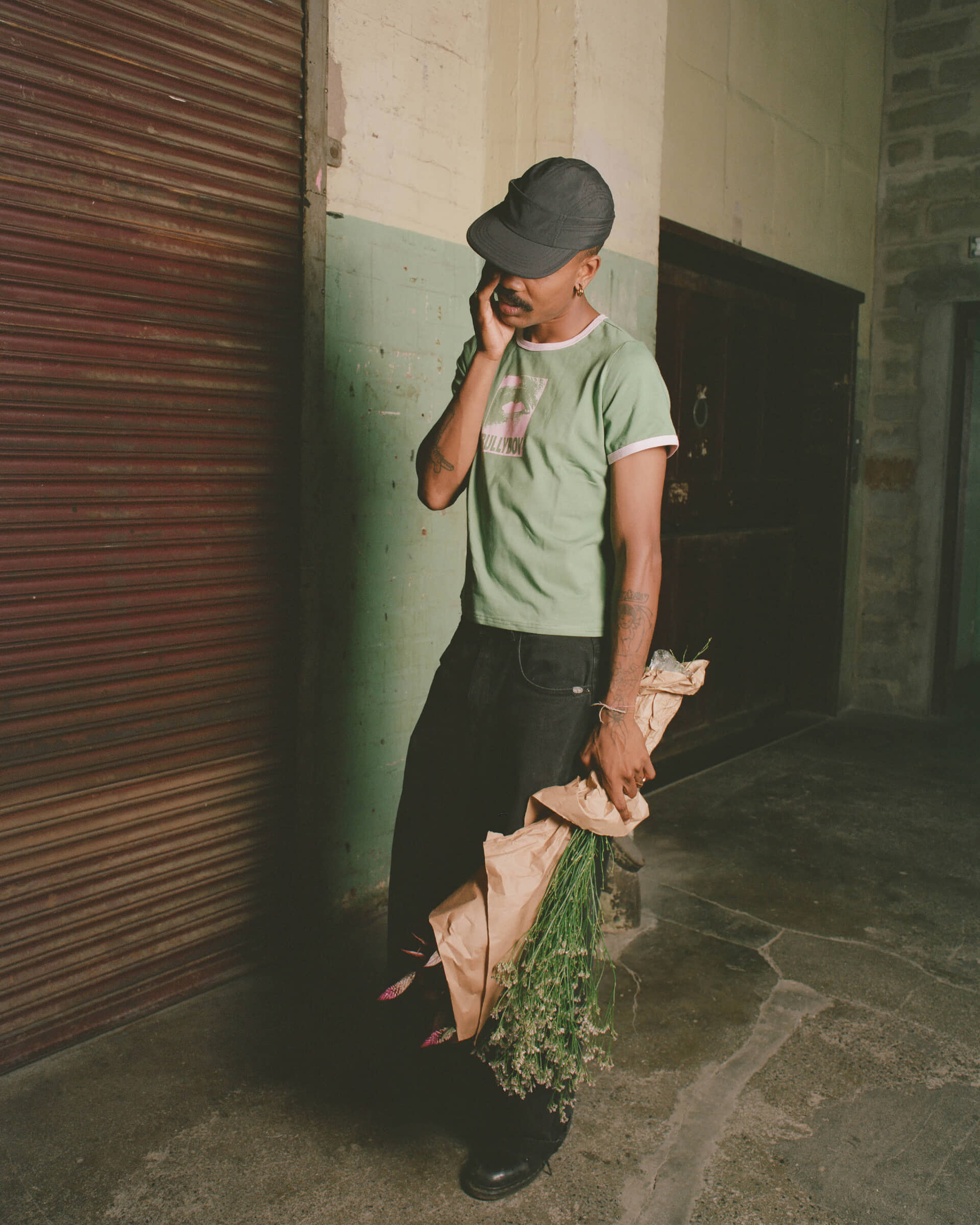
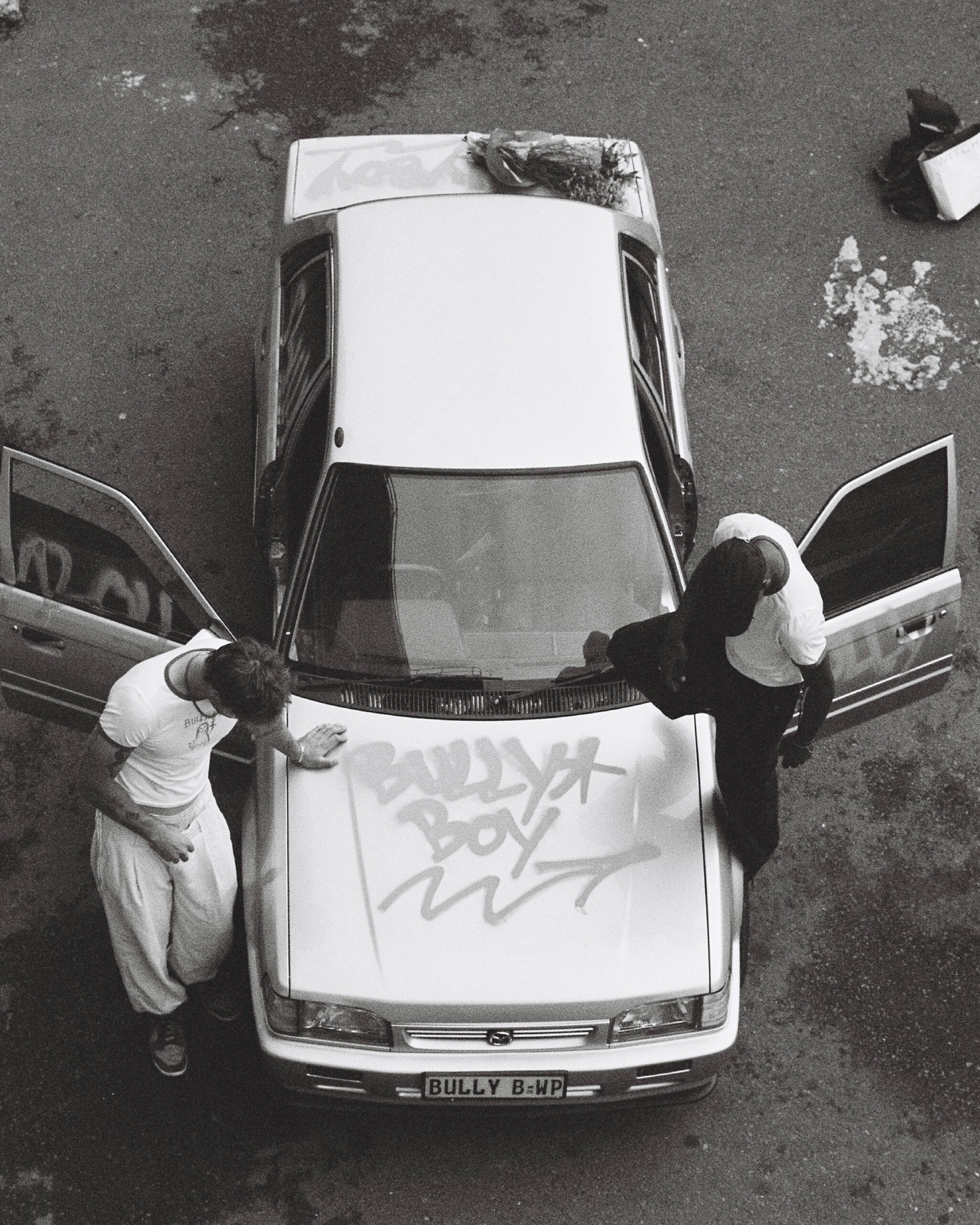
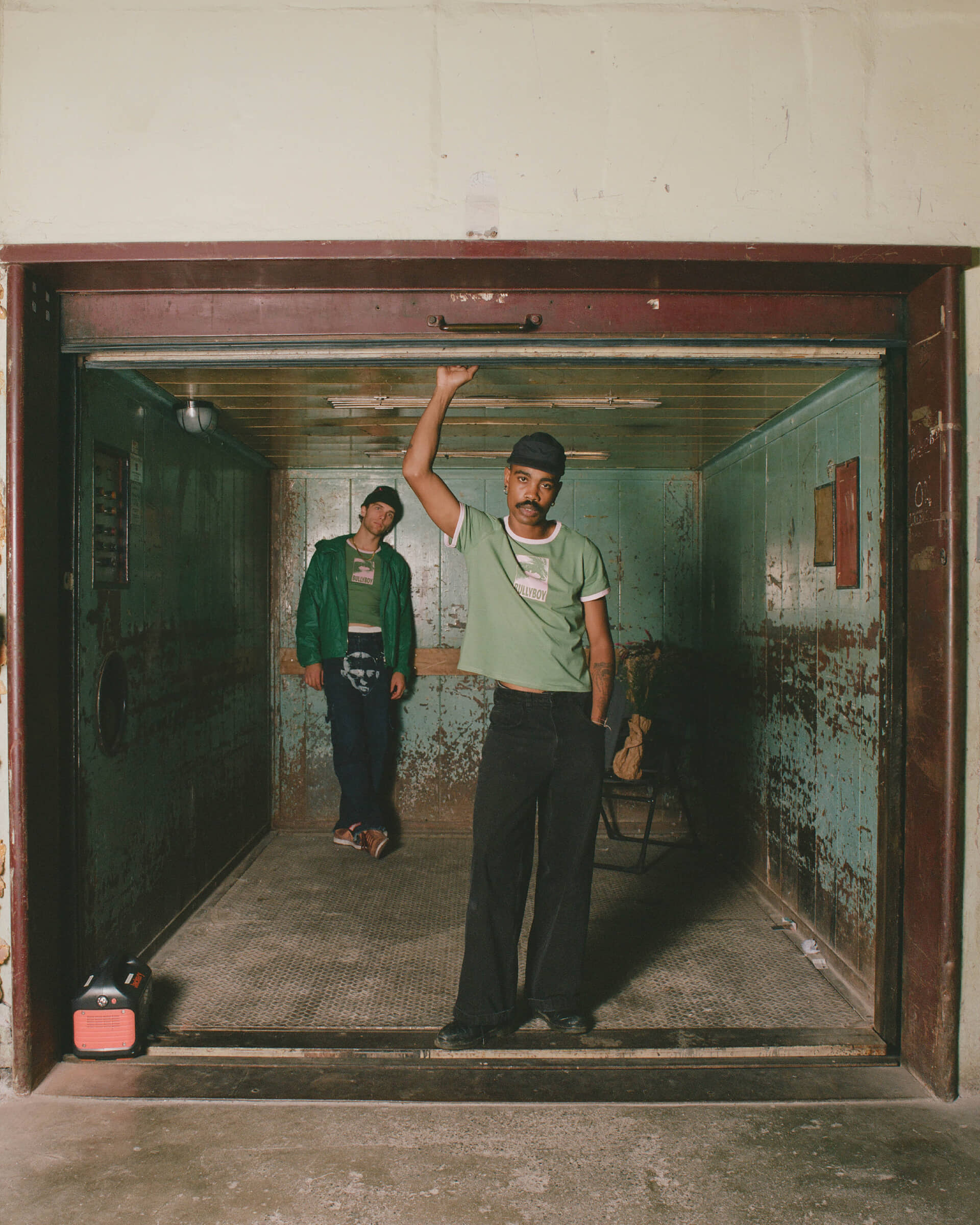
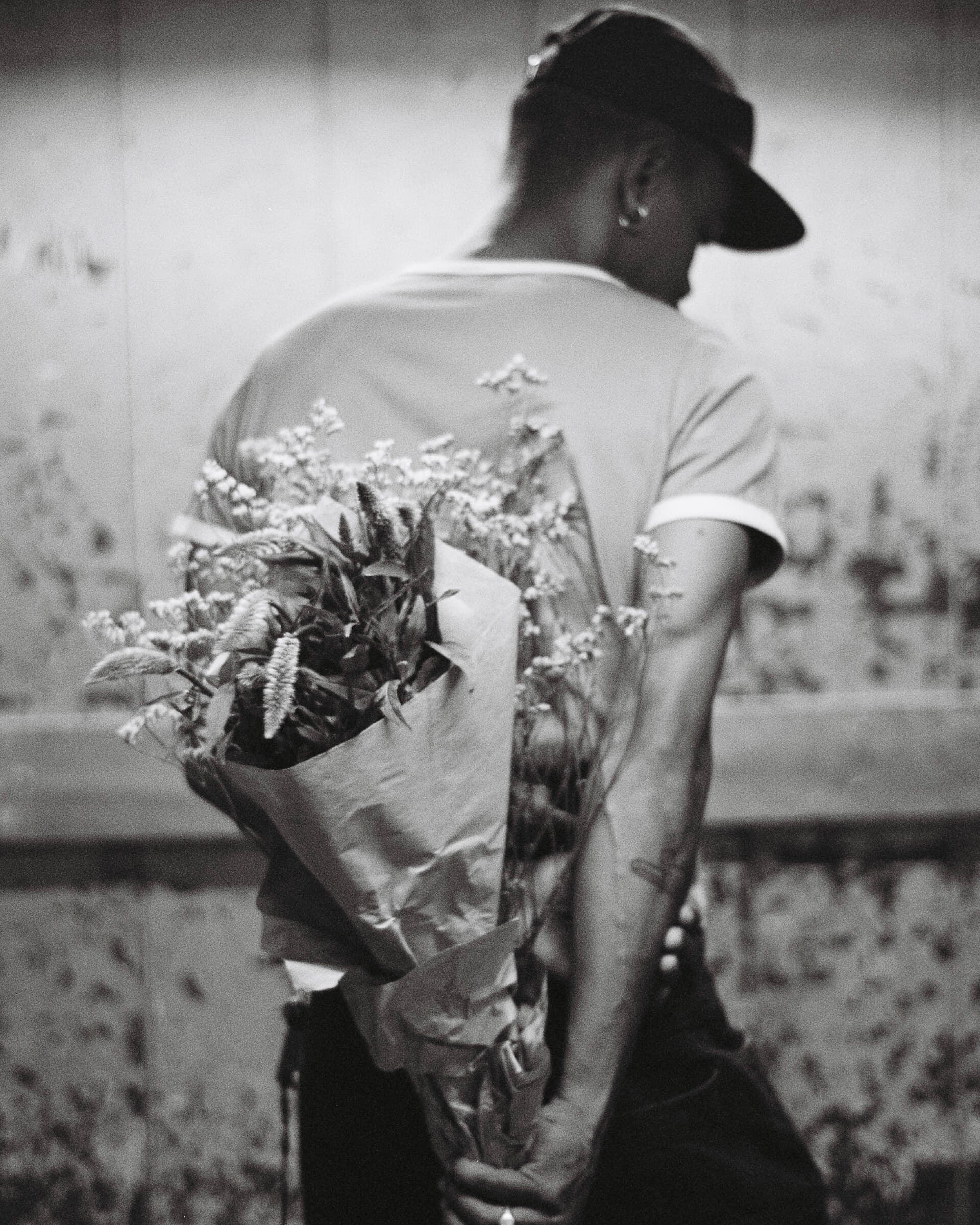
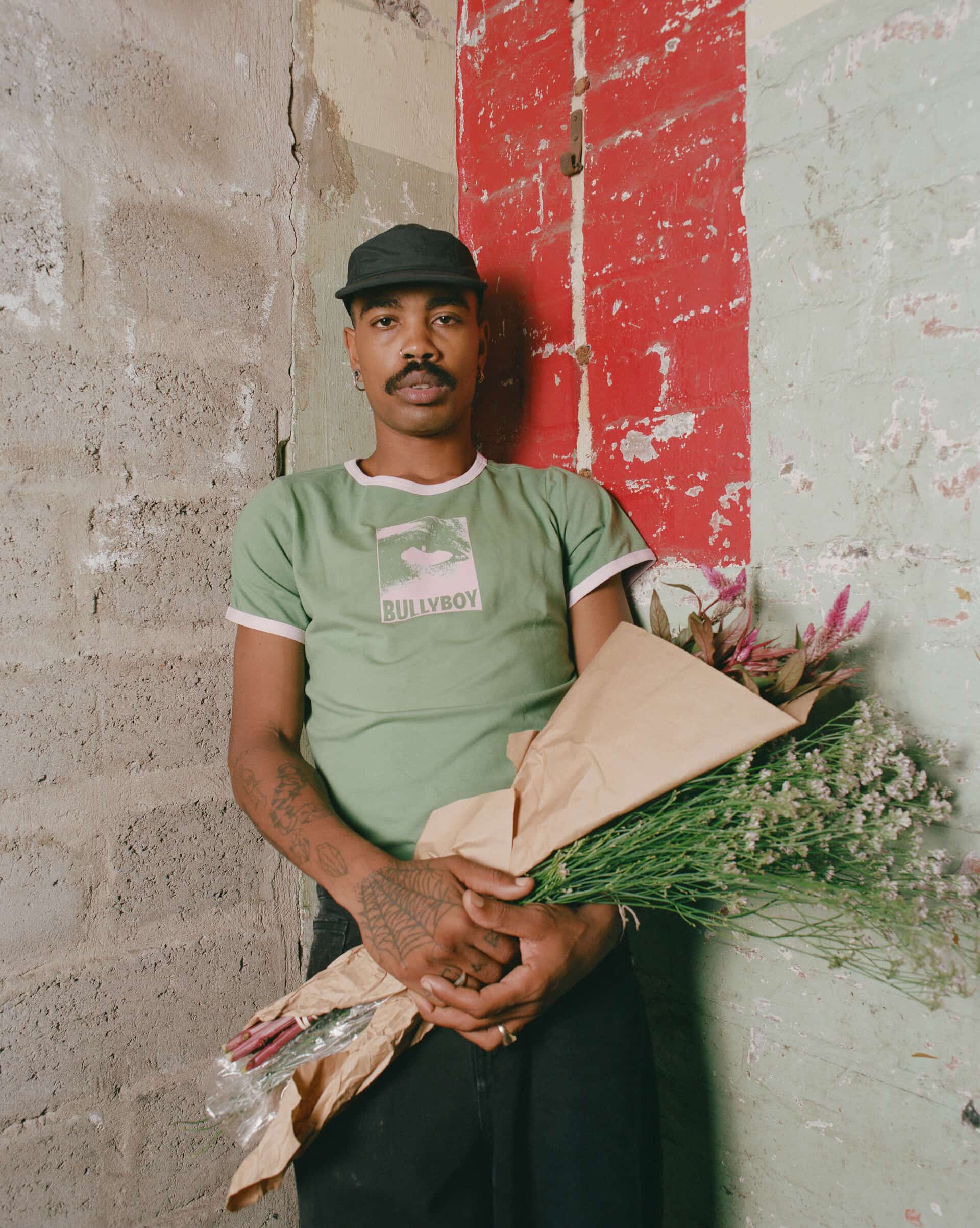
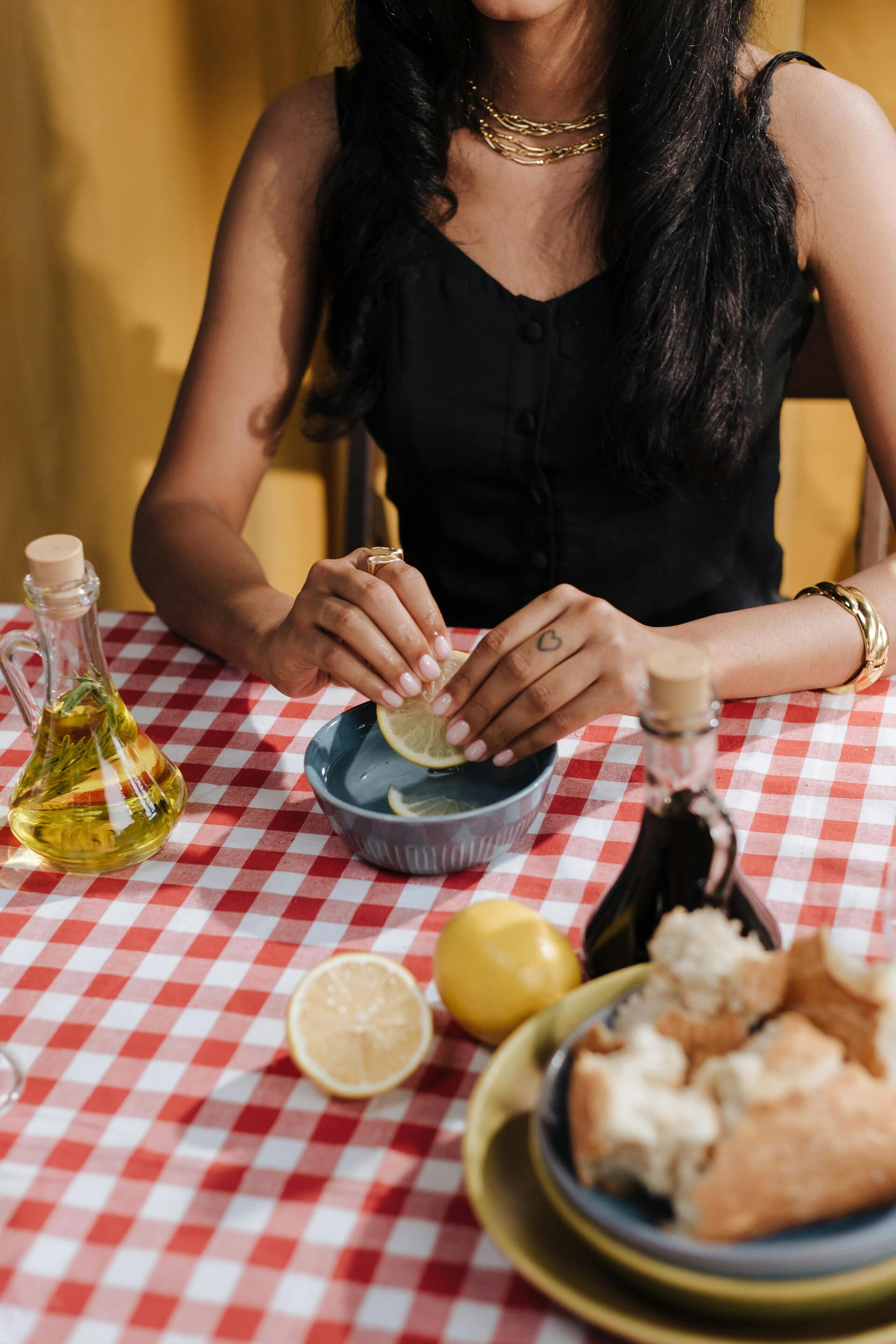
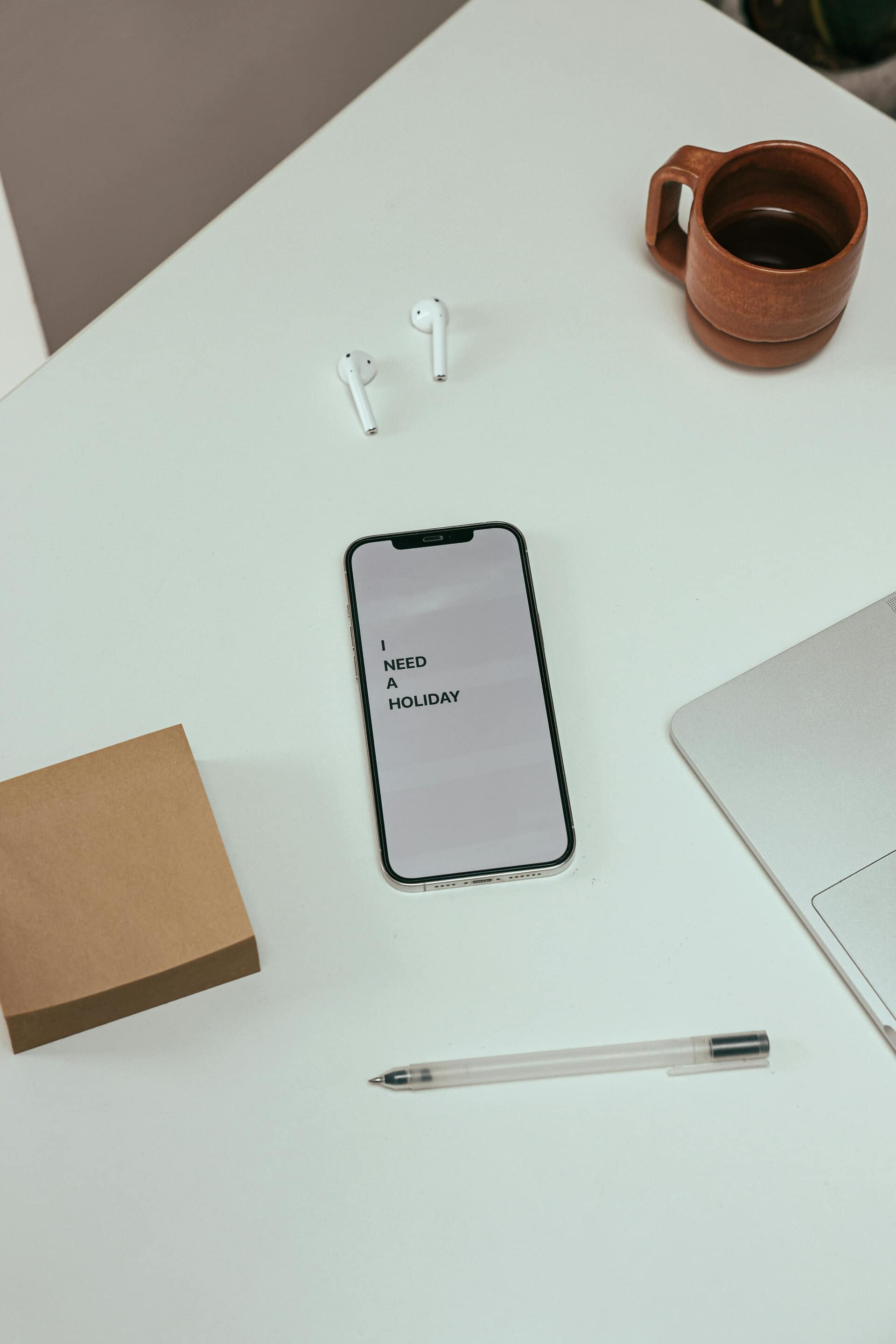
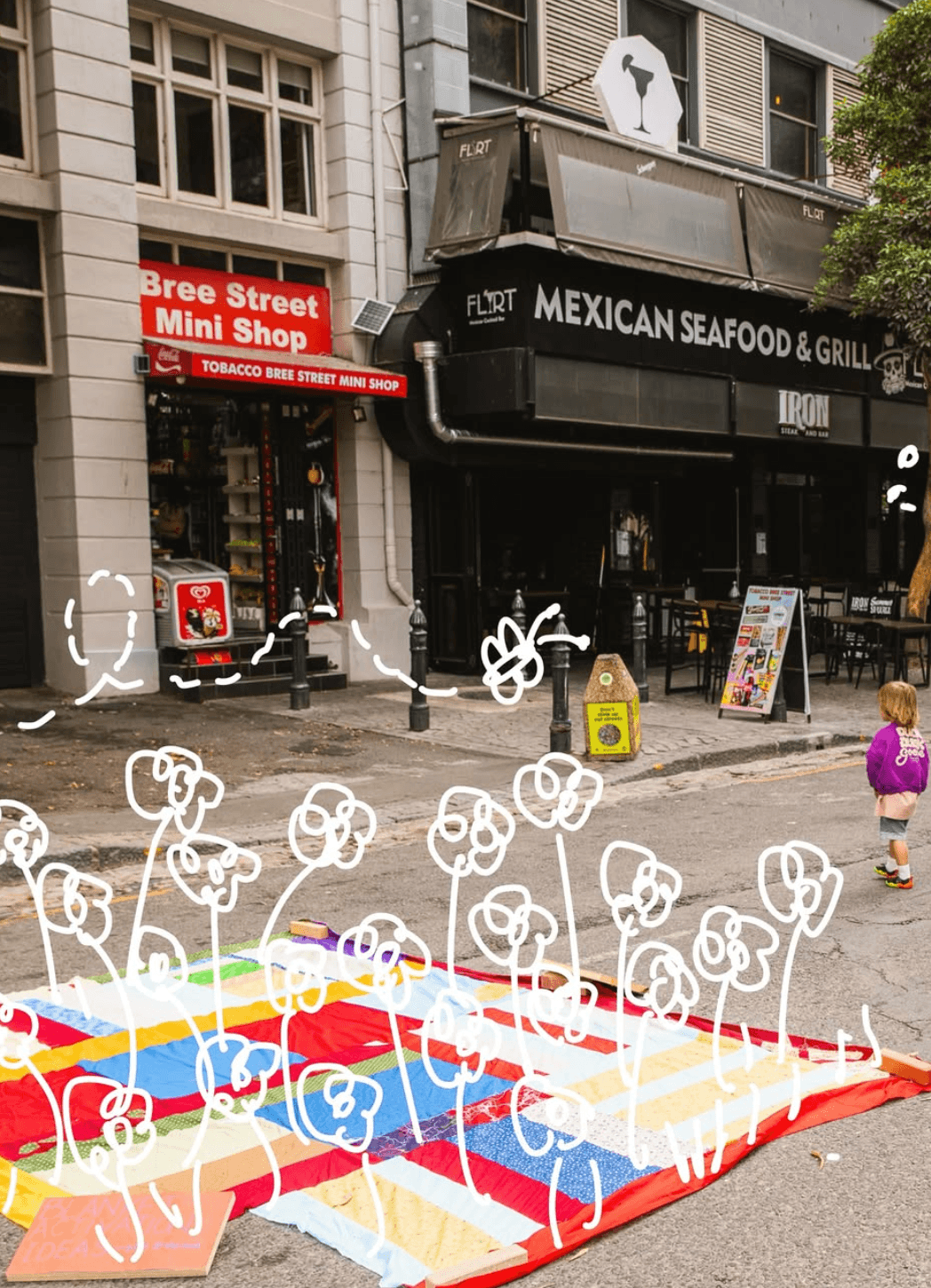


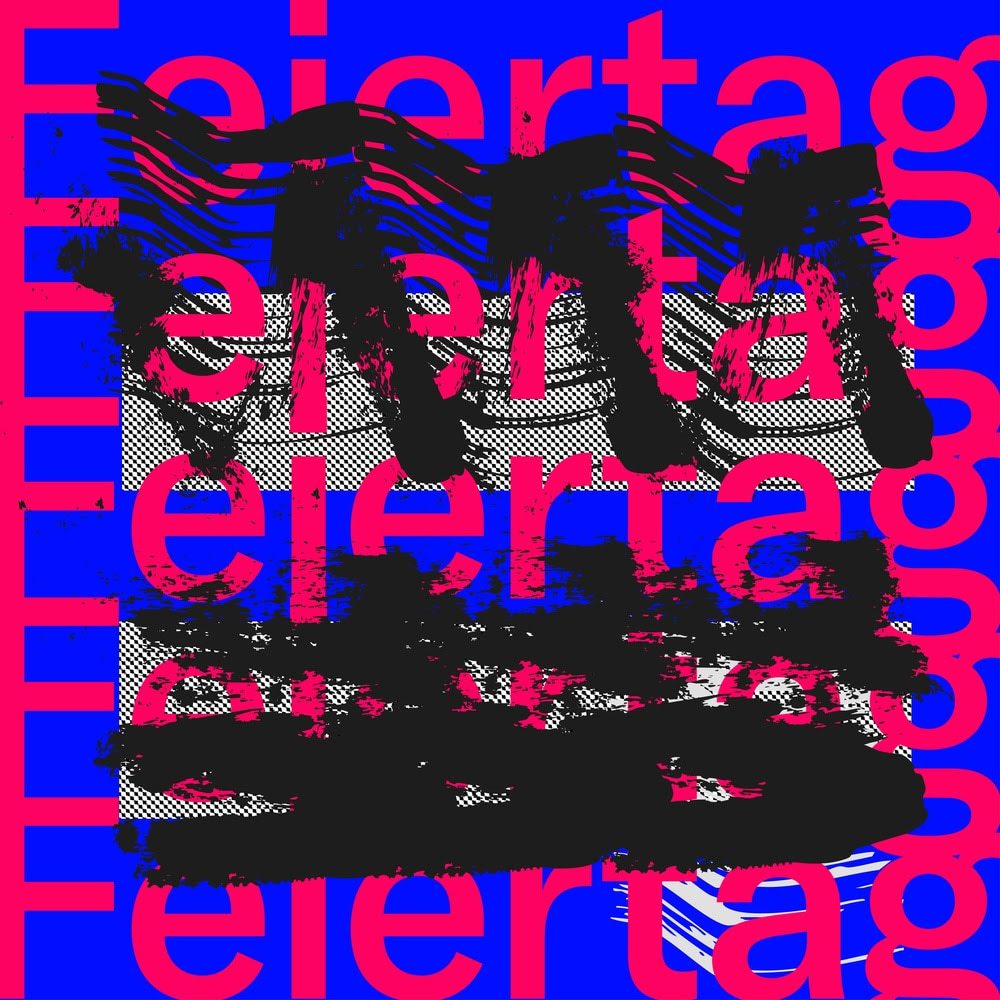

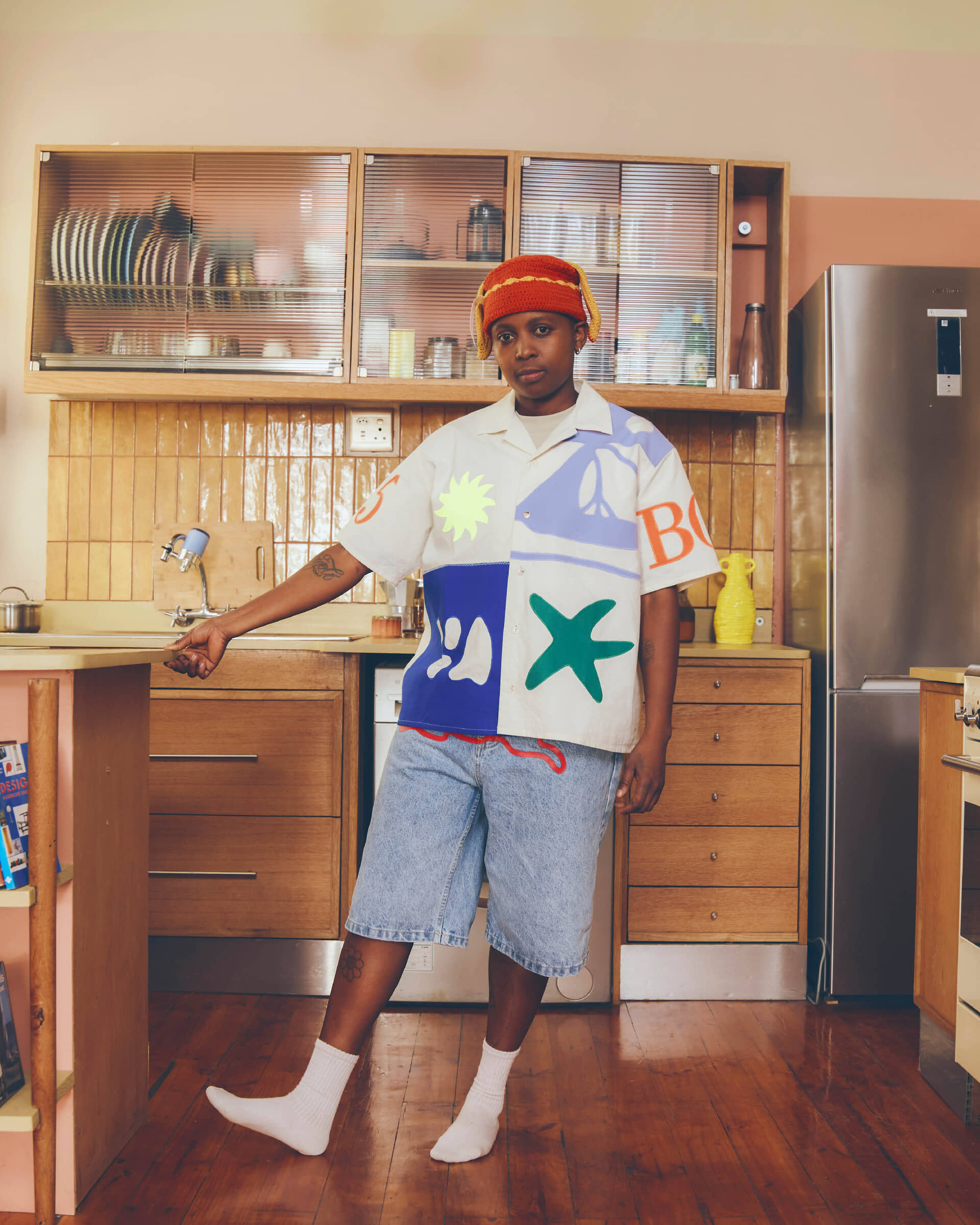
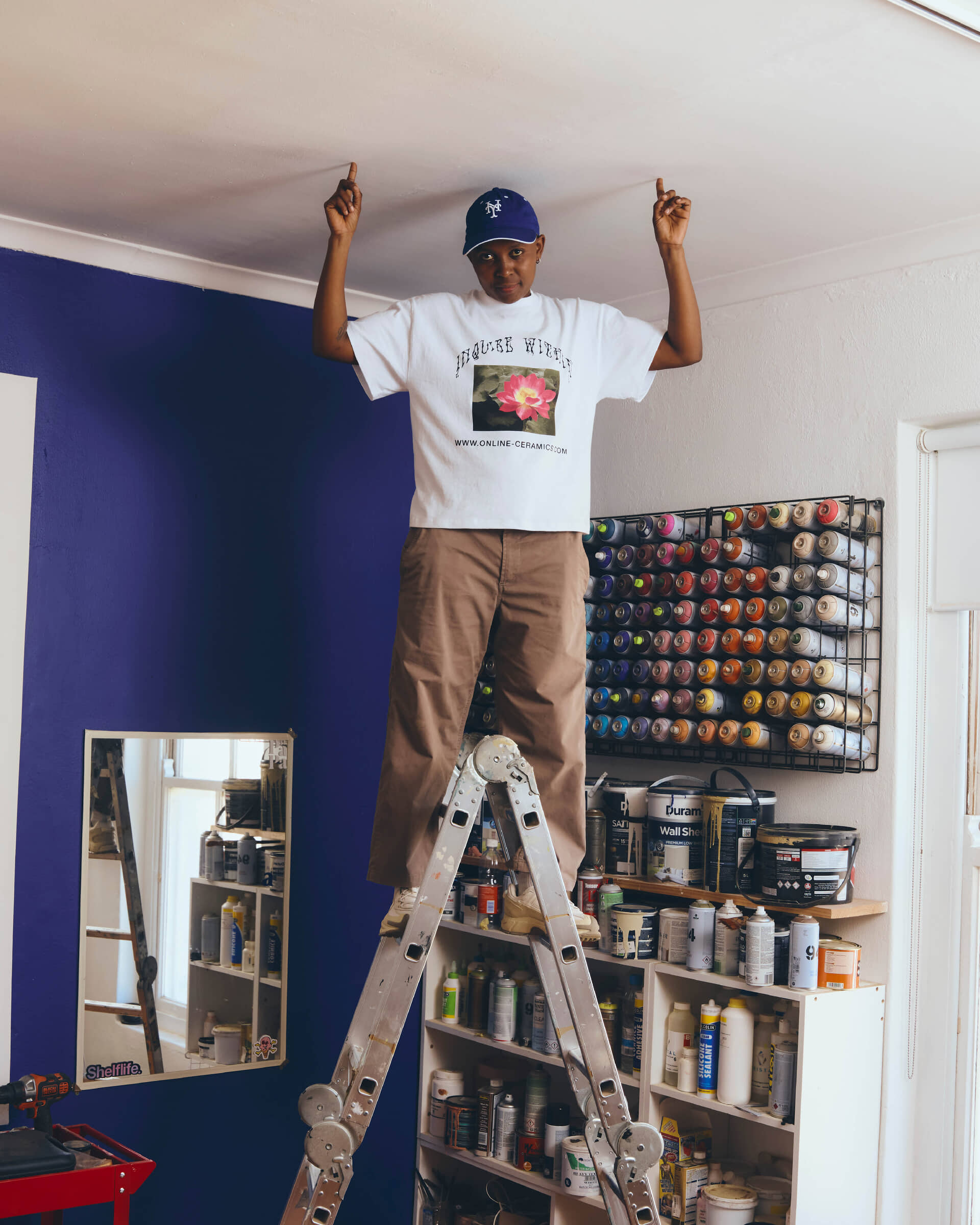
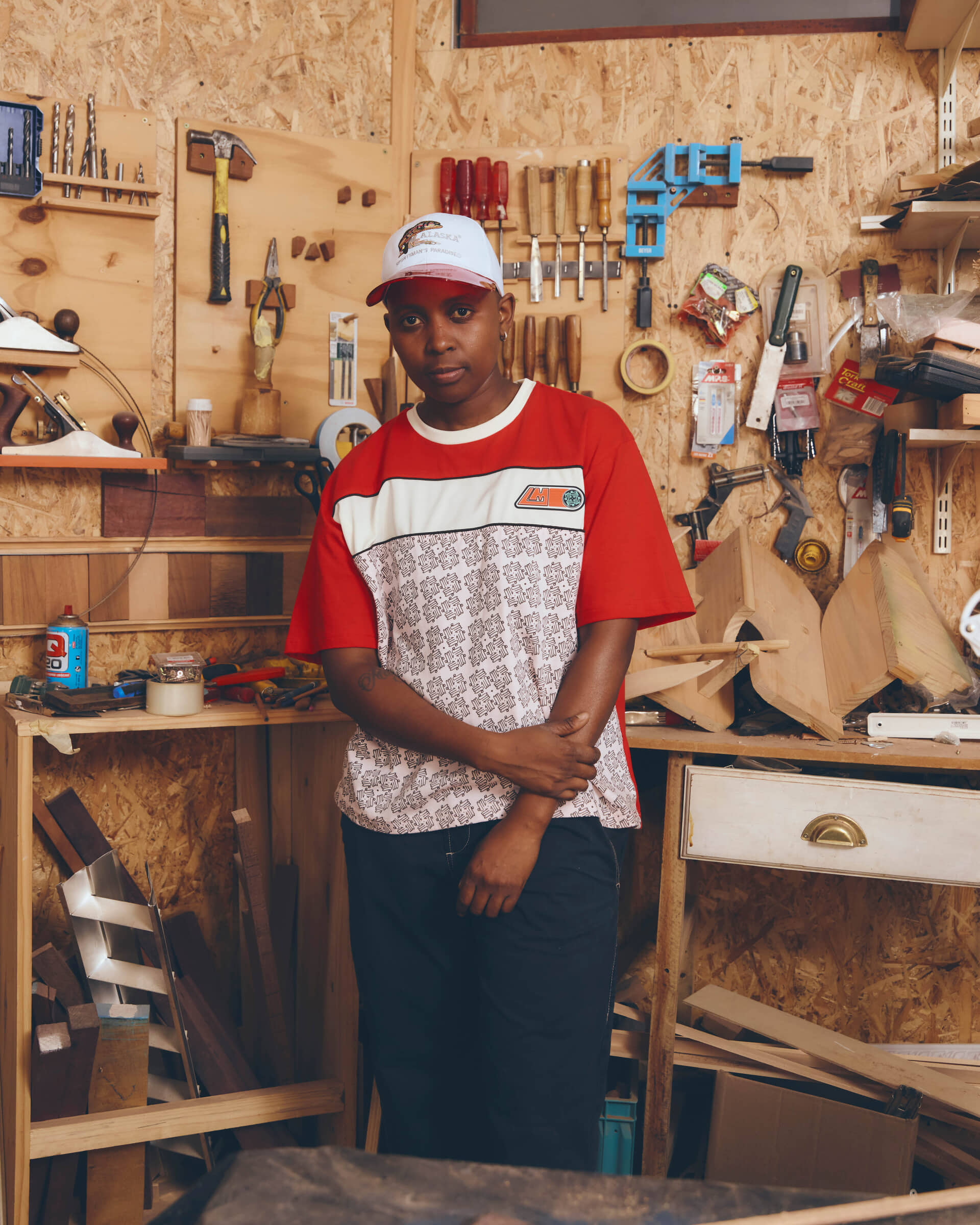
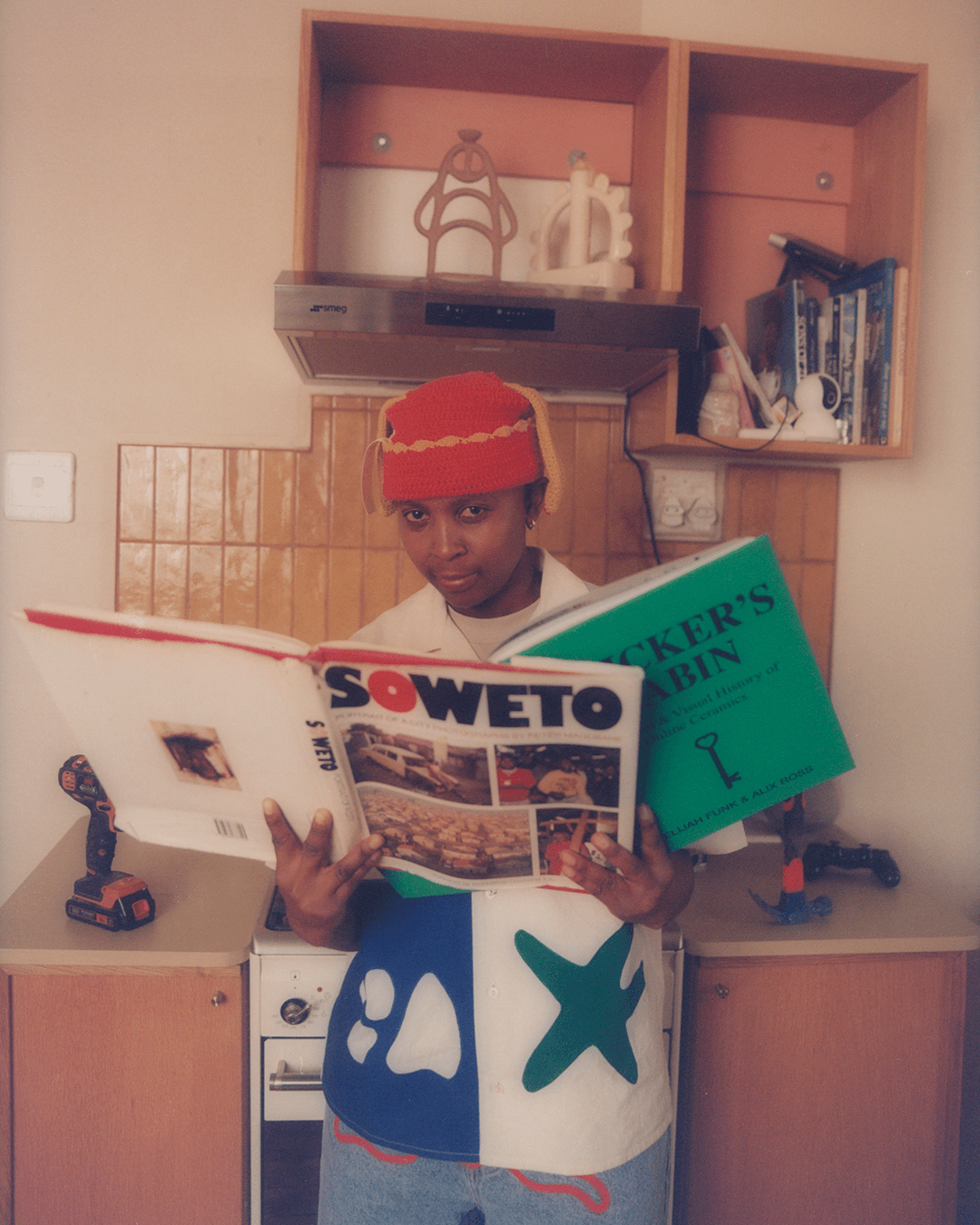

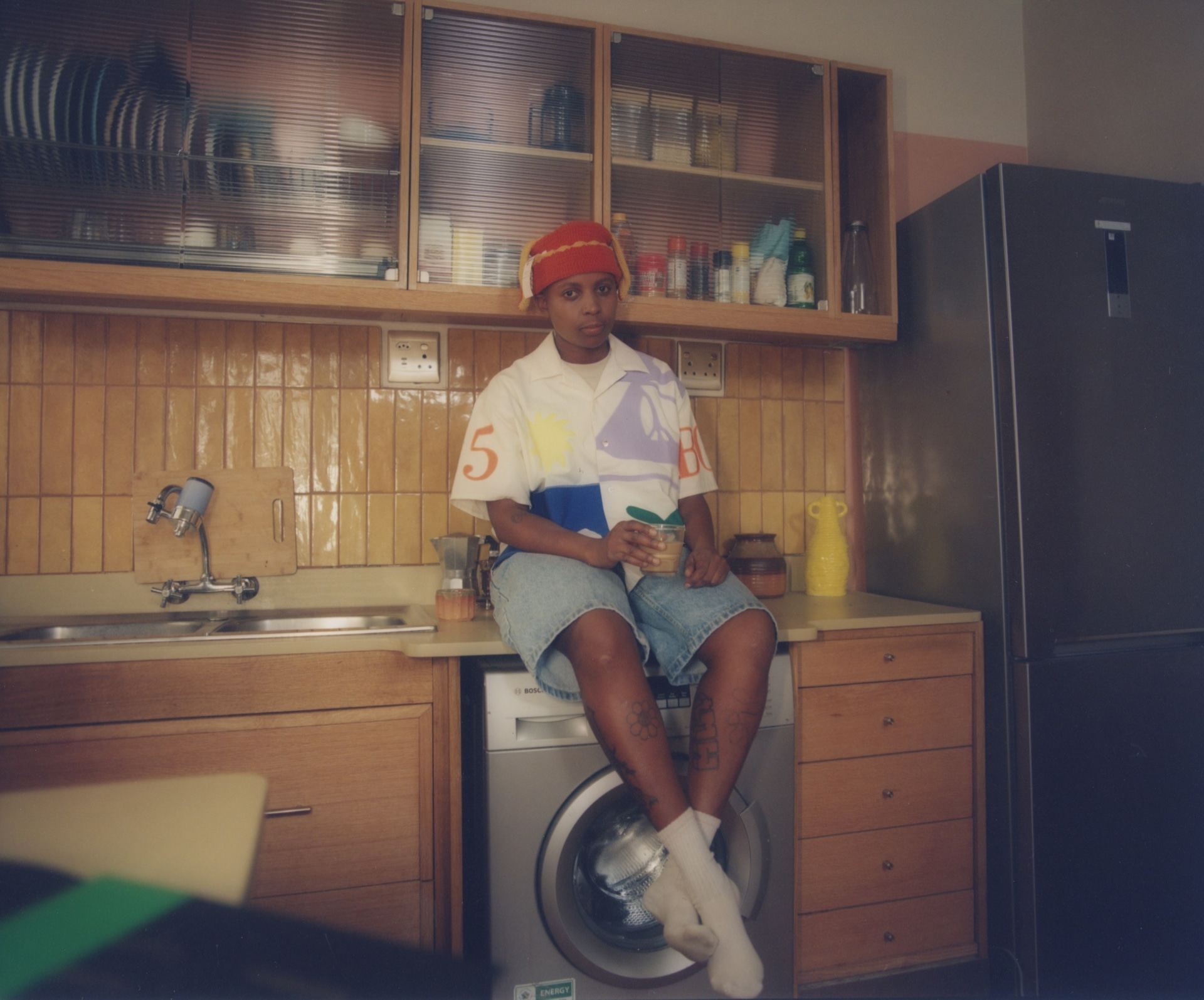



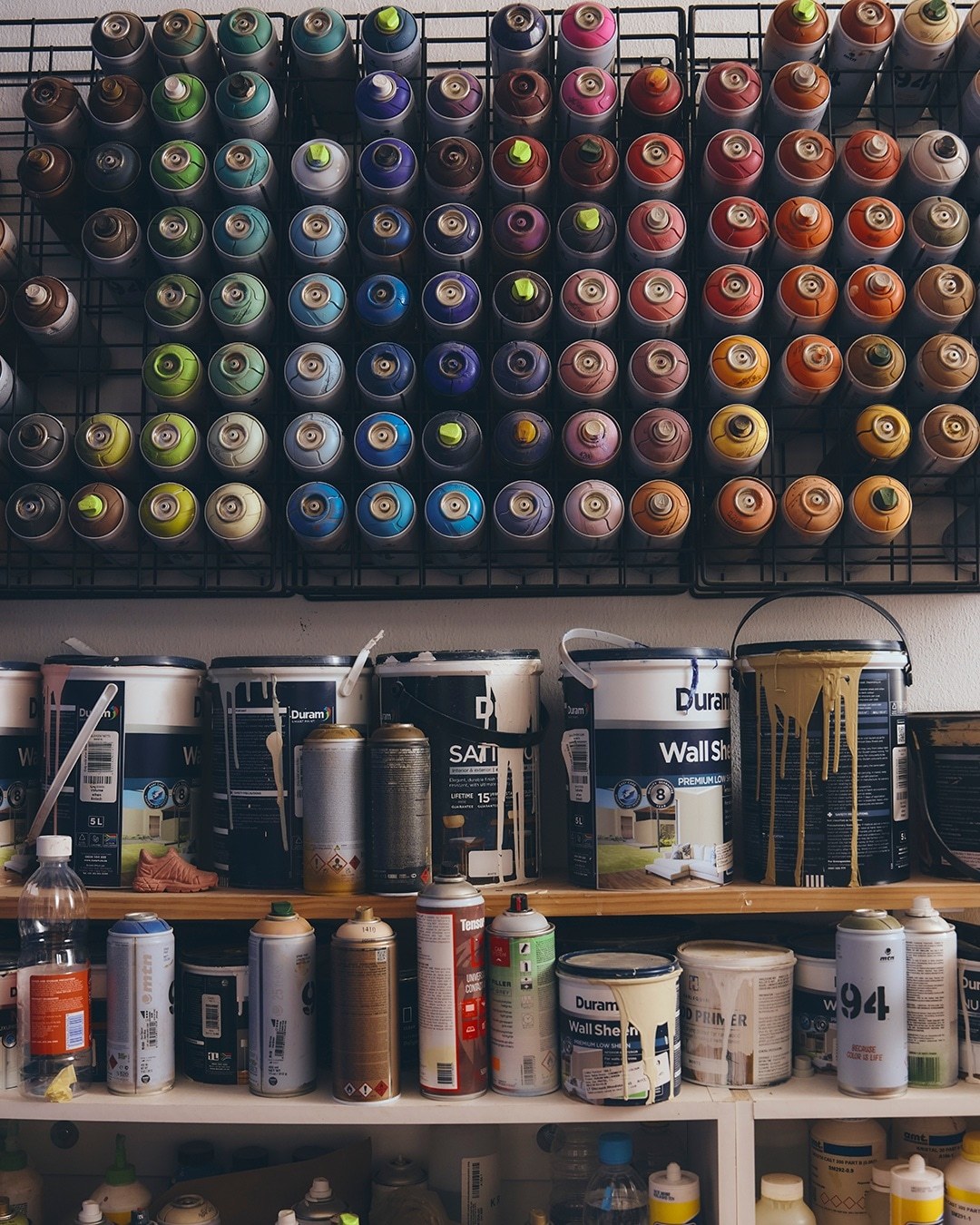
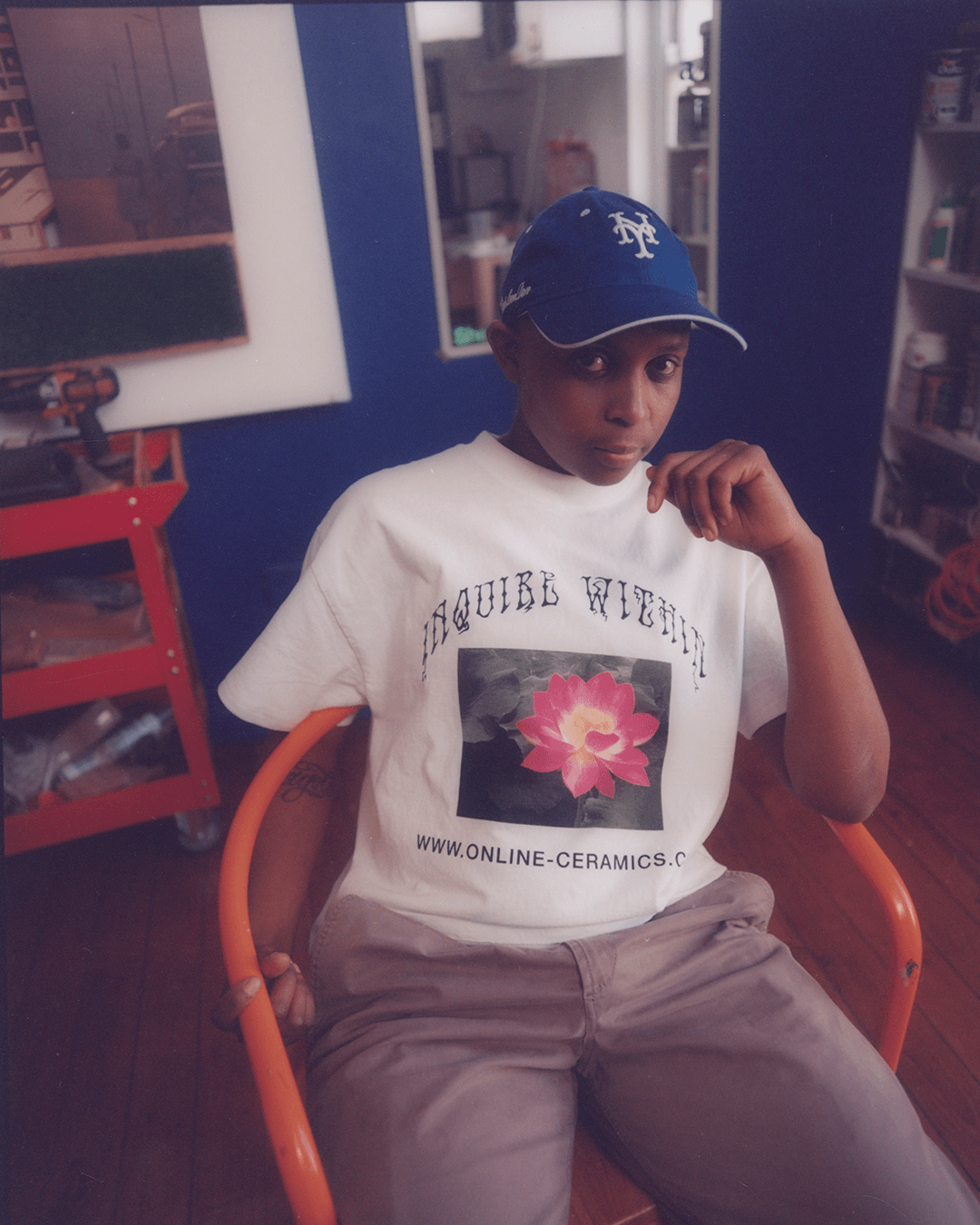
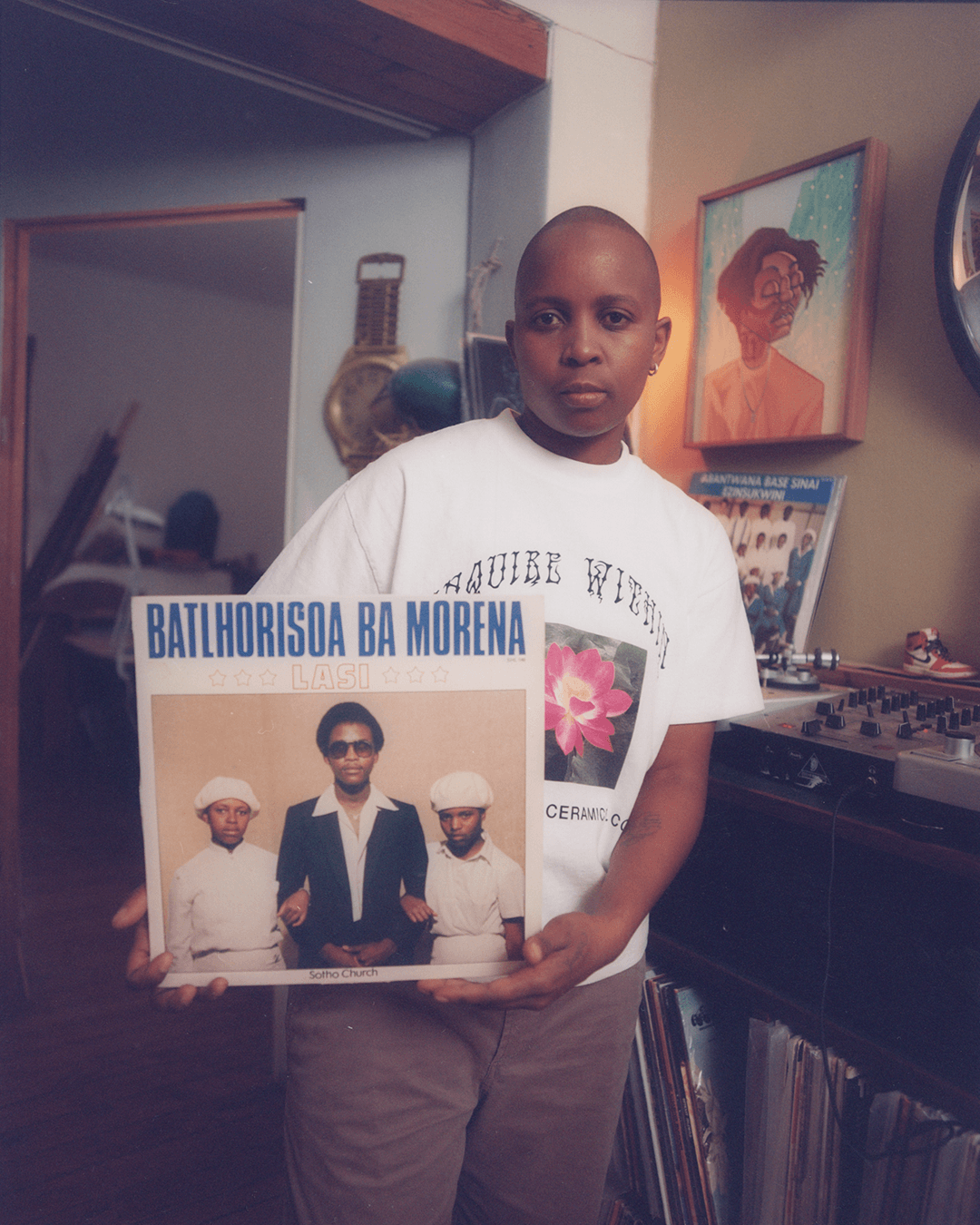

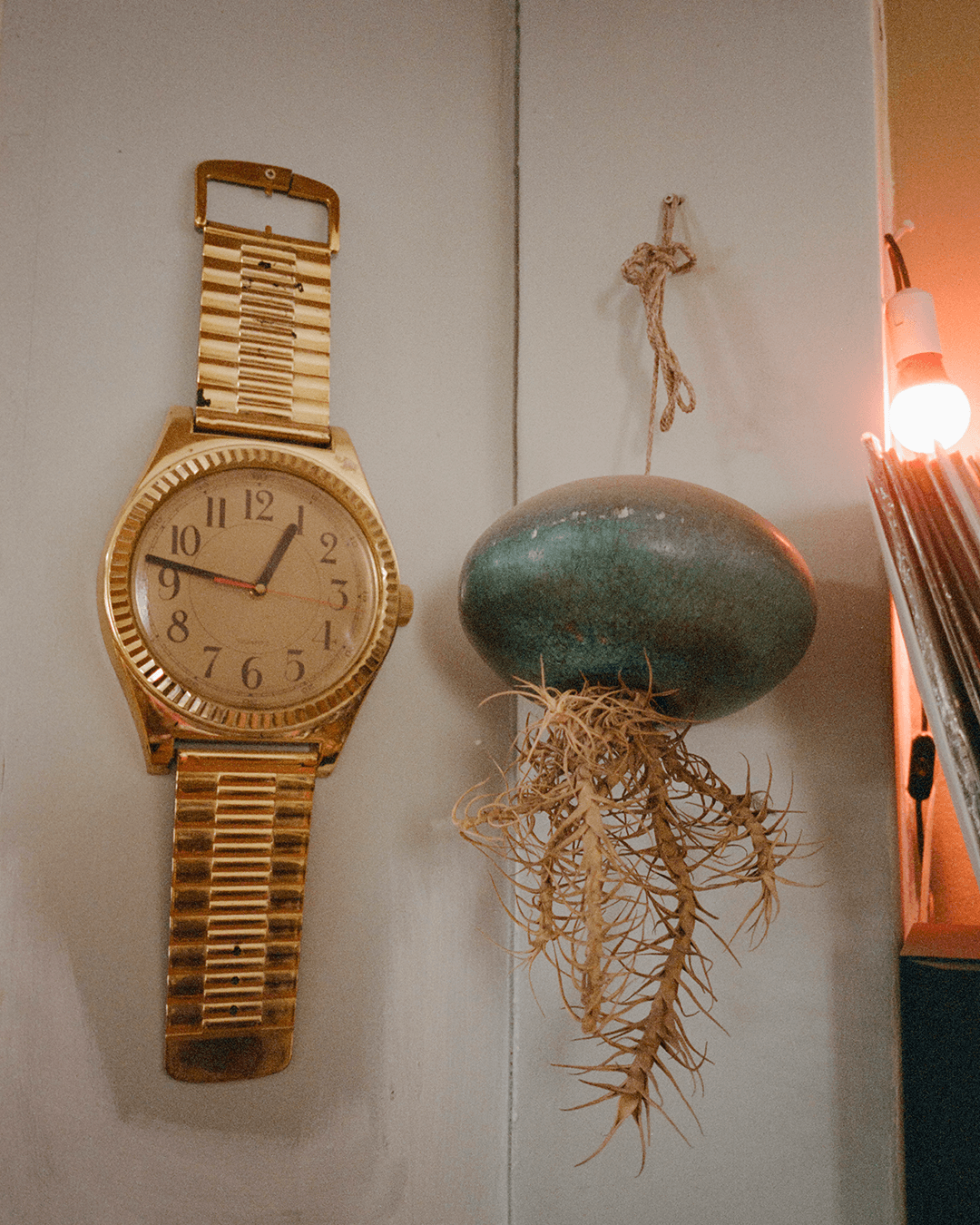
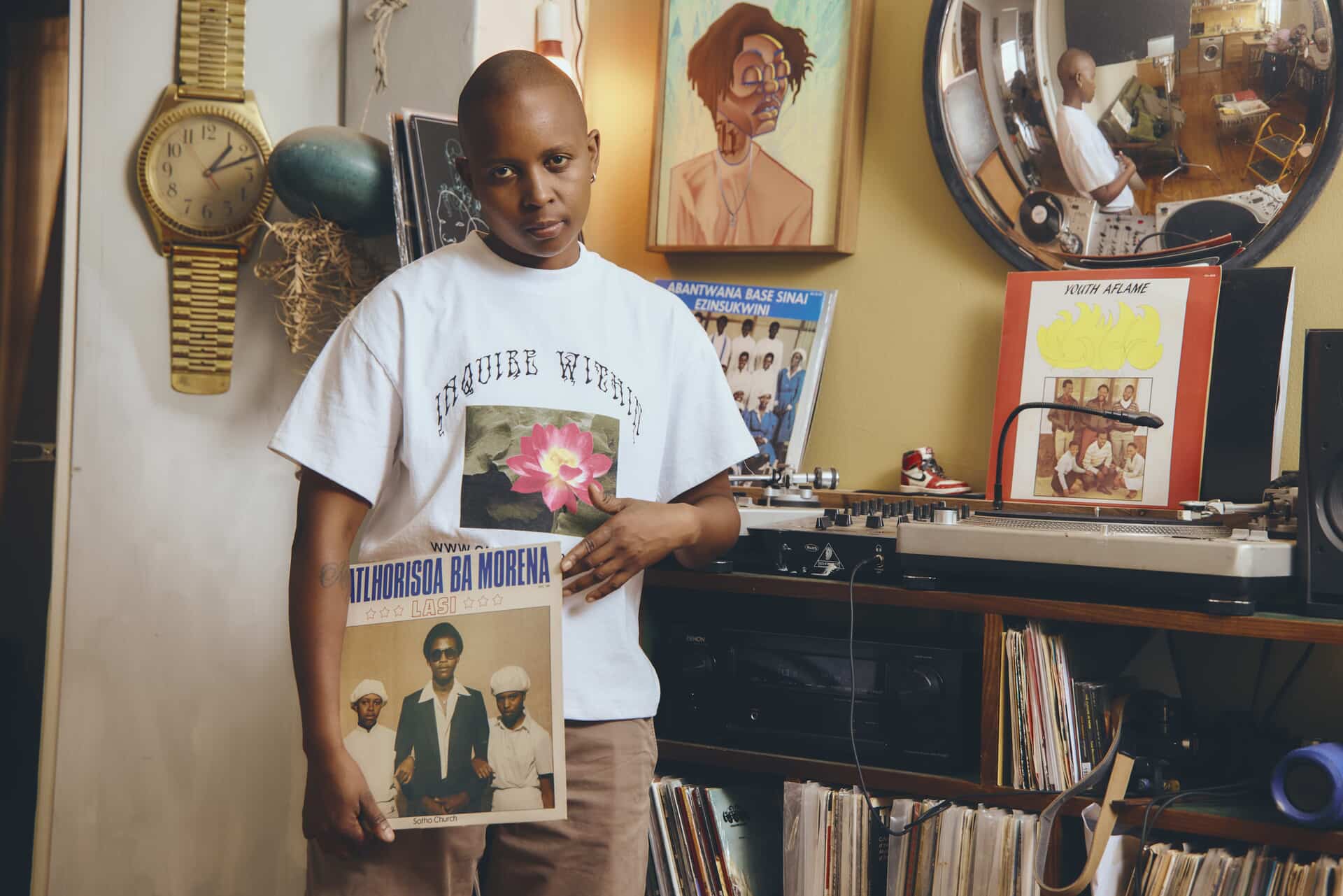
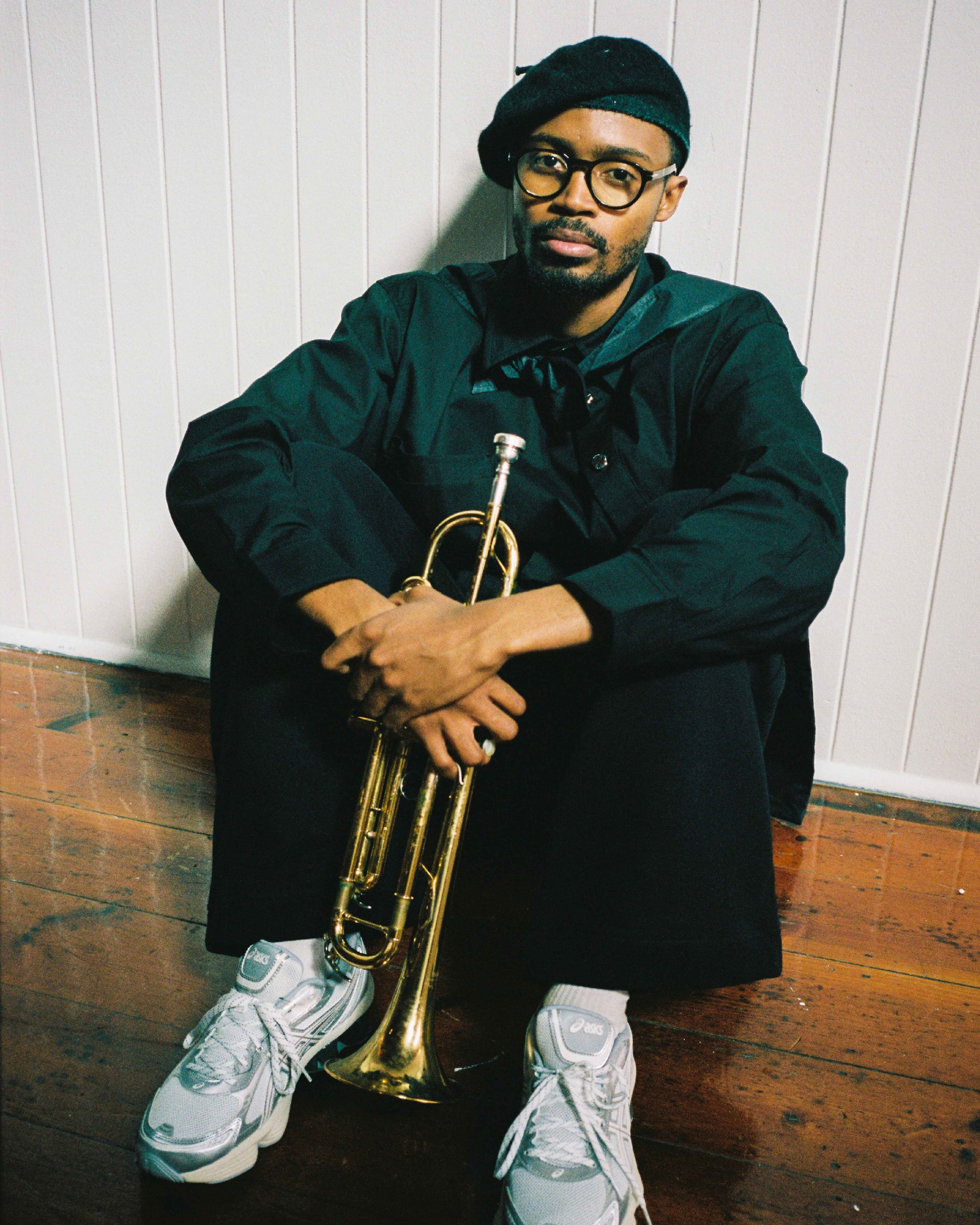
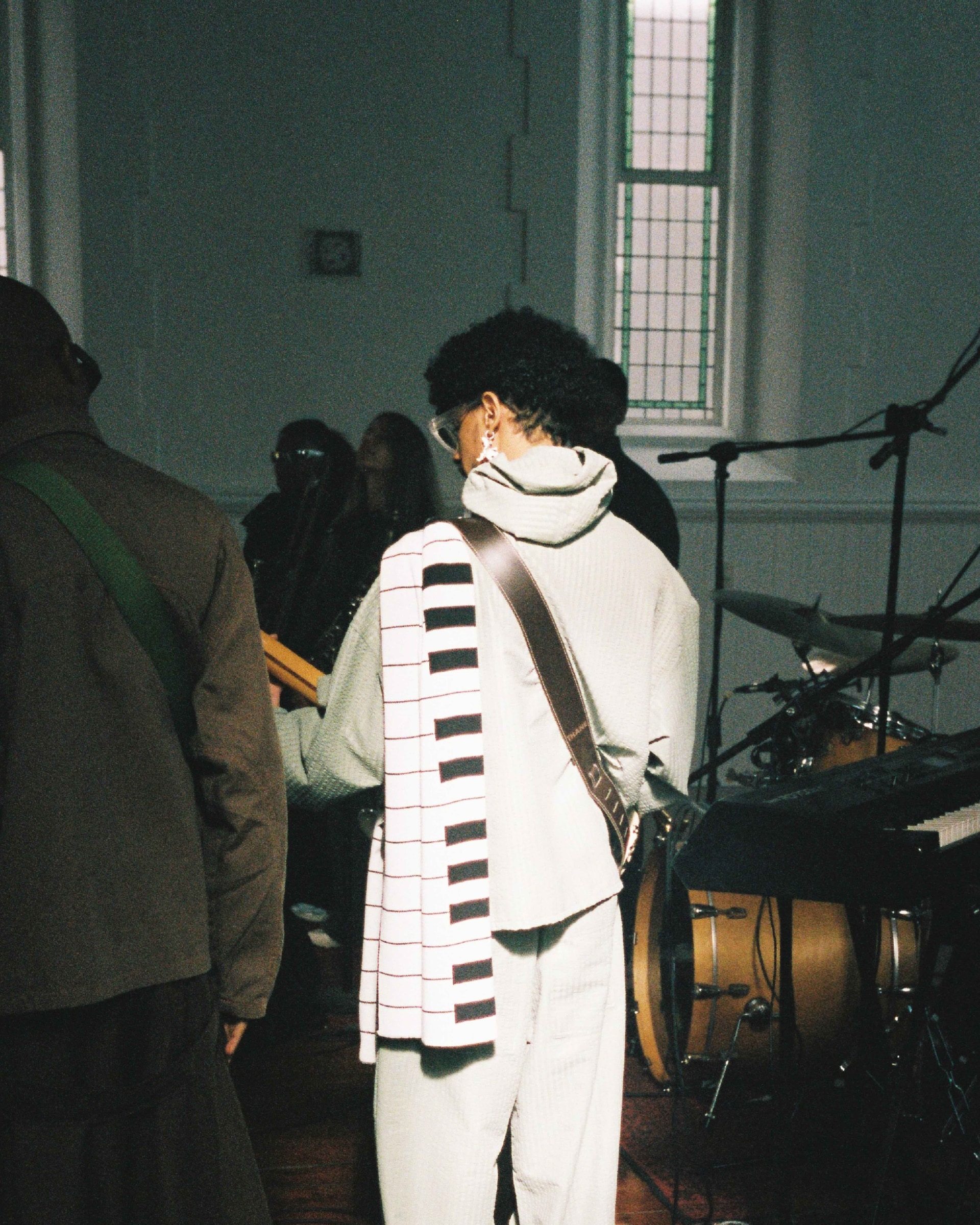
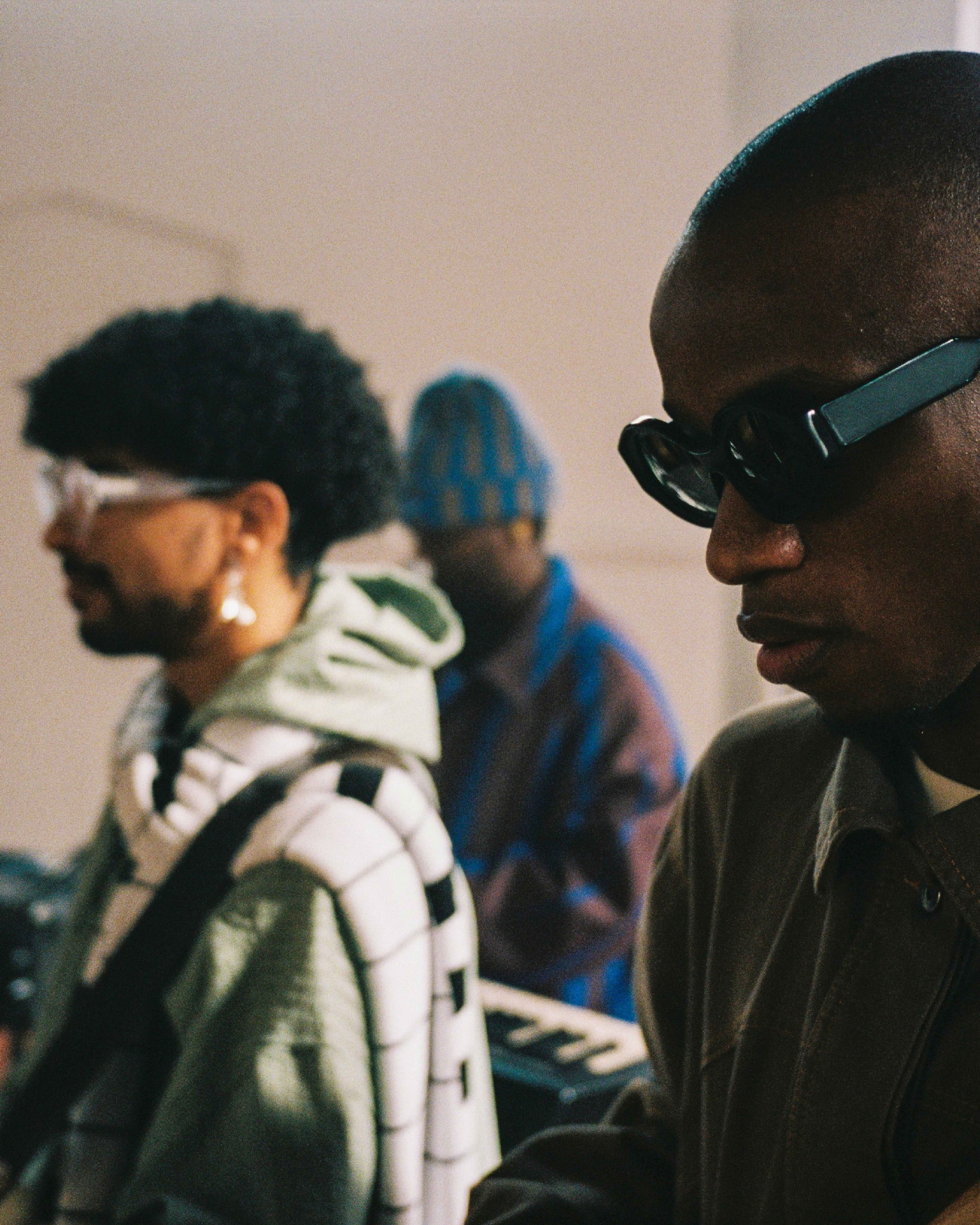
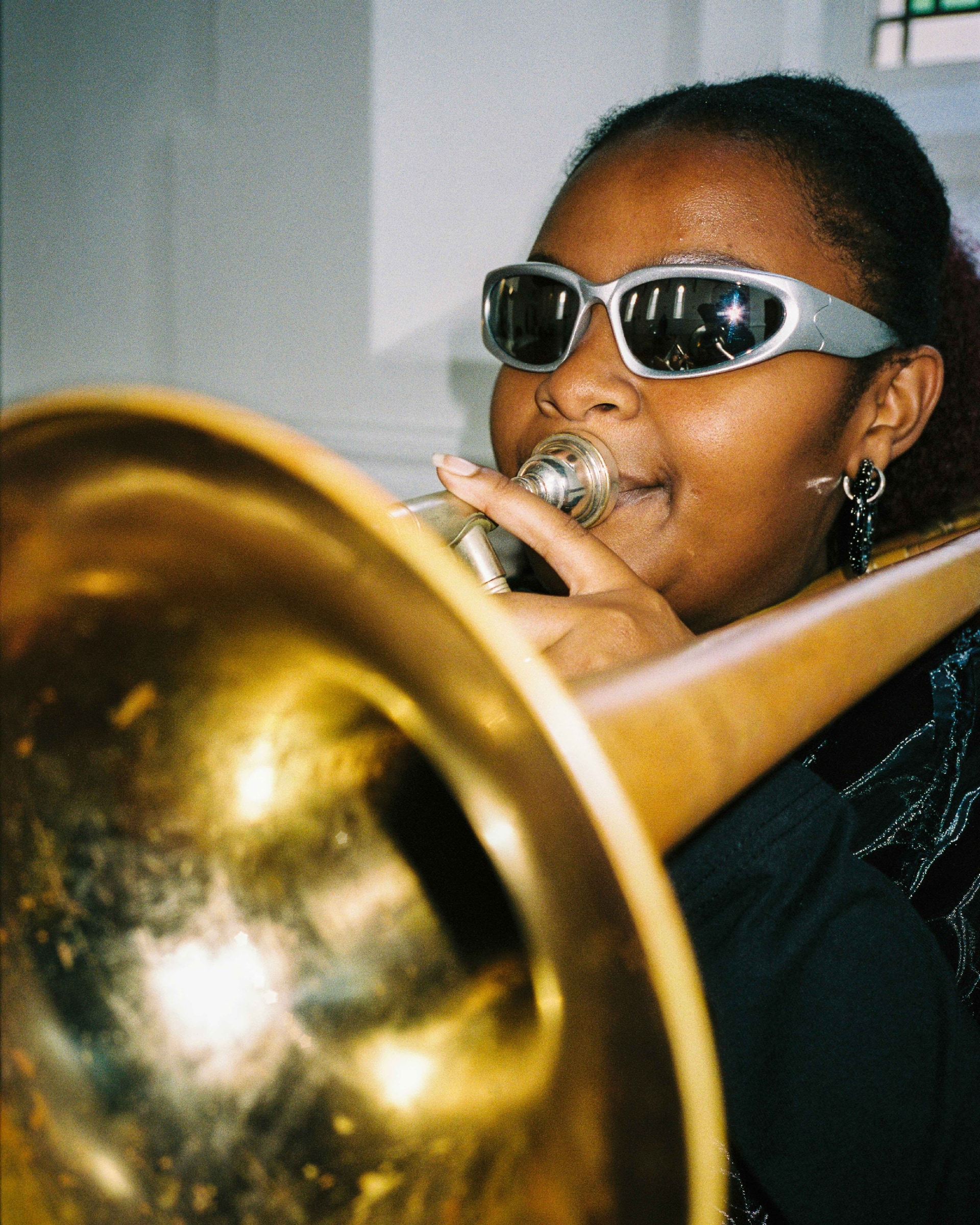
Recent Comments